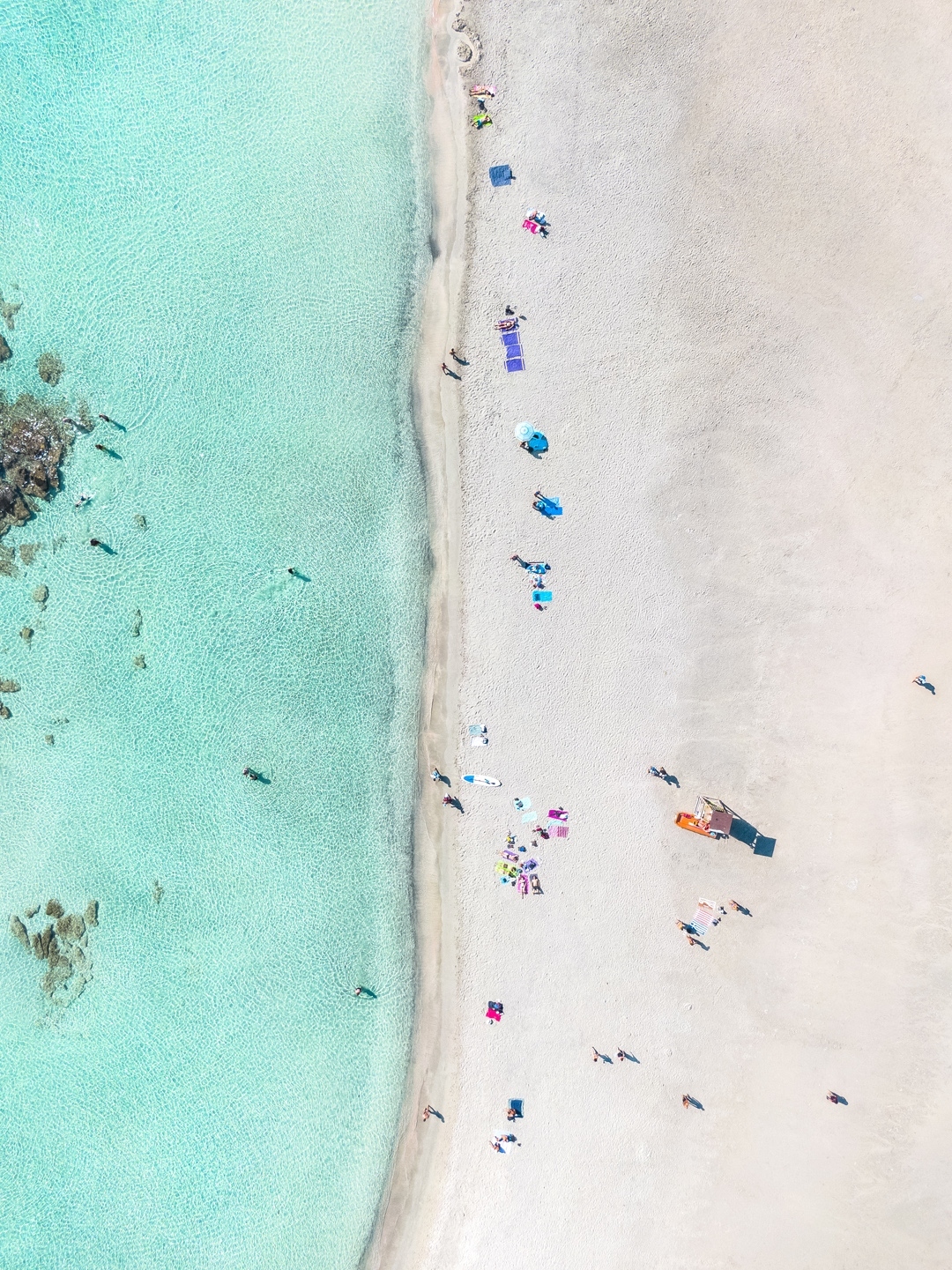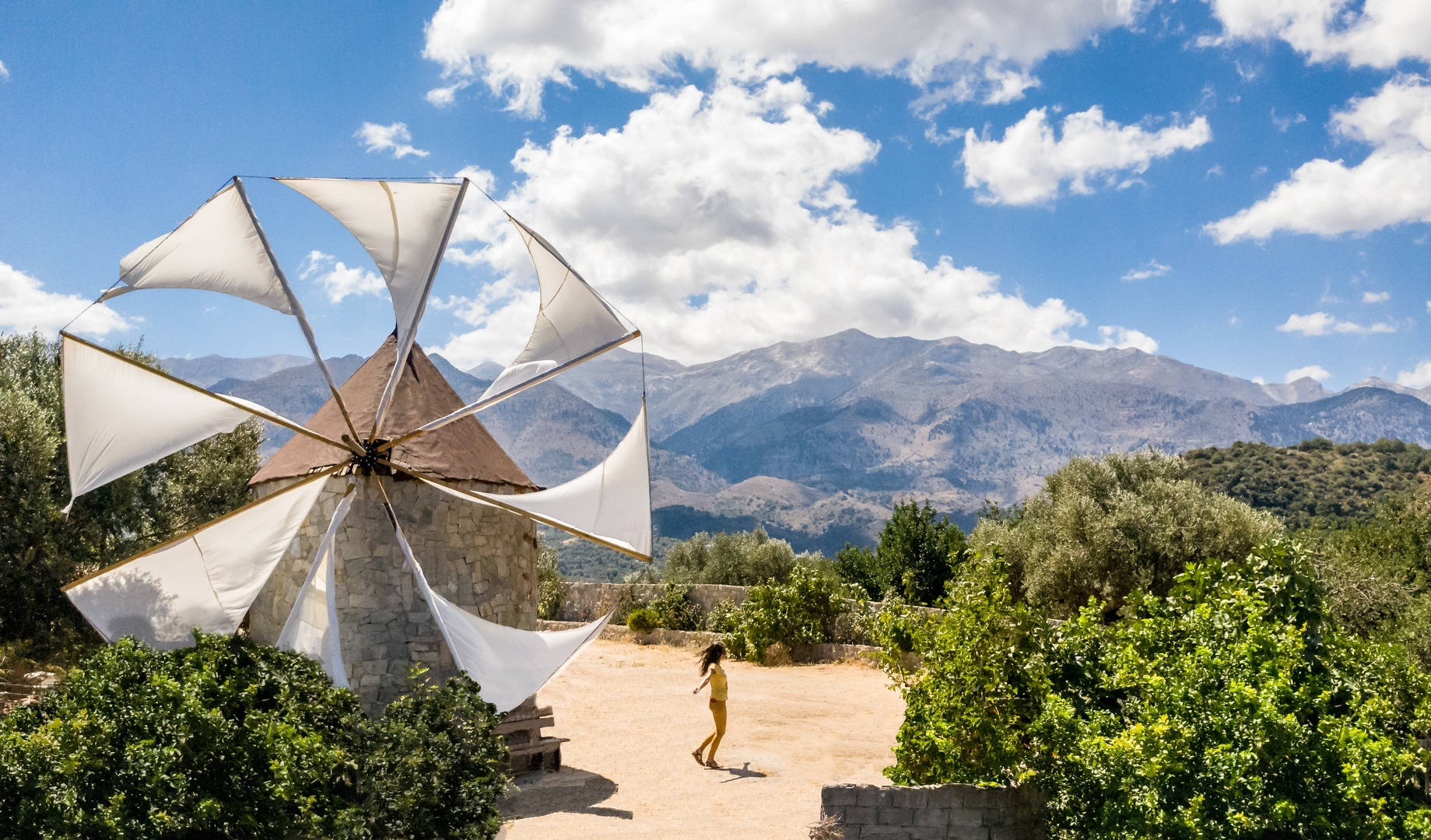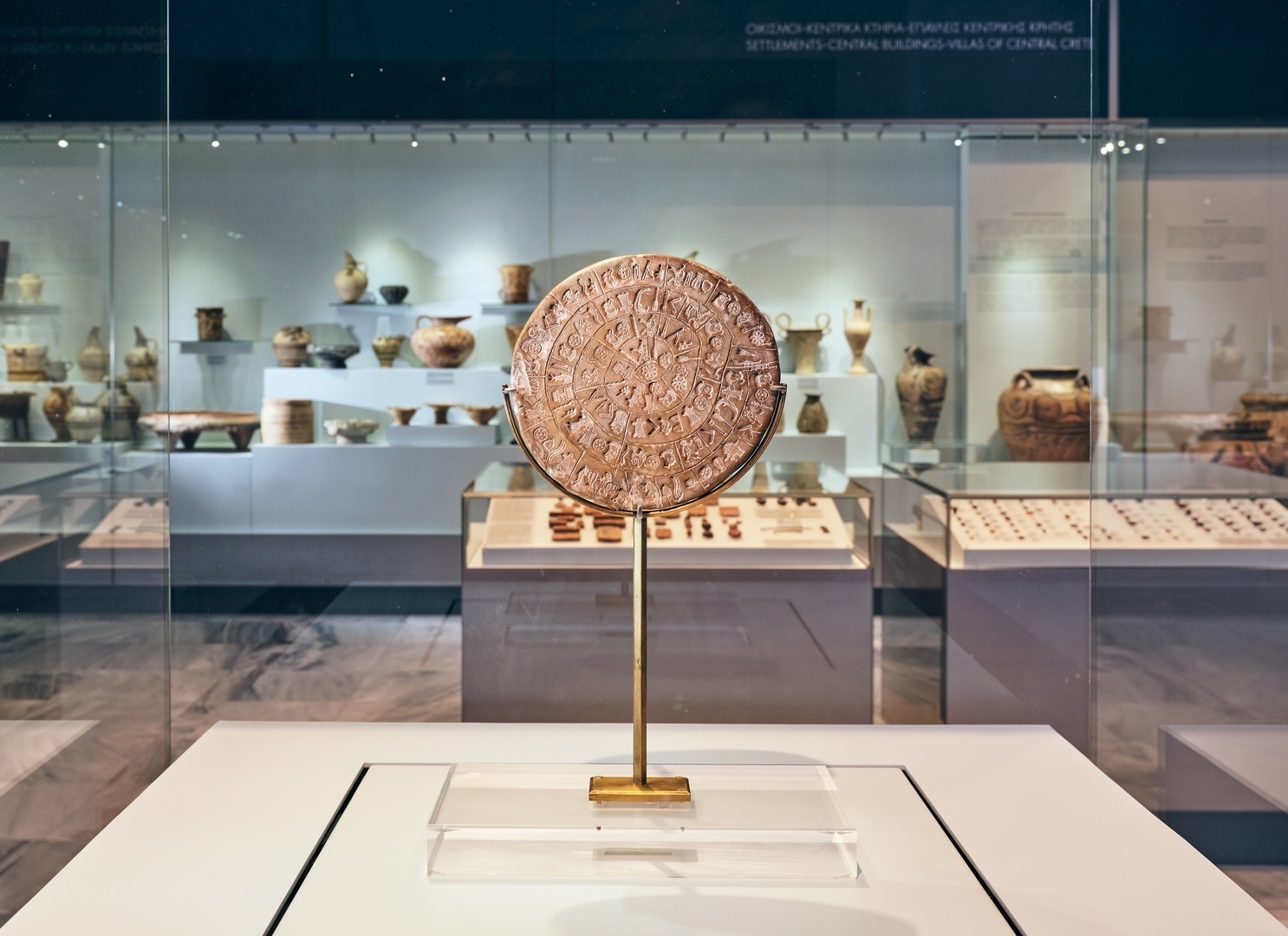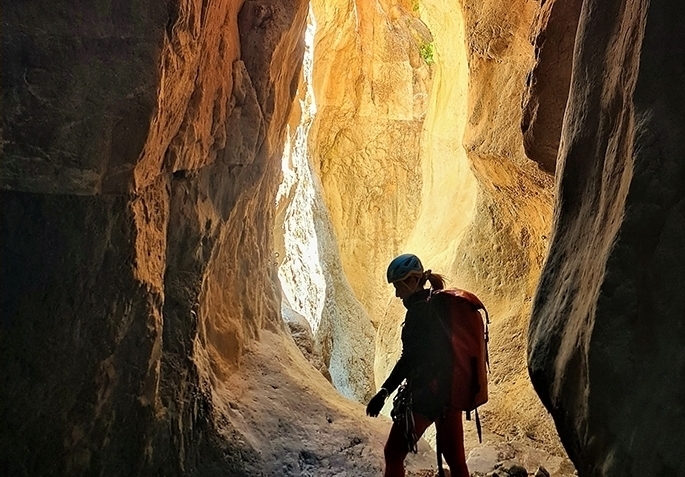Dyeing Easter Eggs with Madder Root and Flower Blossoms


At dawn on Holy Thursday, housewives would prepare the sourdough starter for their Easter baking. They would knead eptazyma (seven-spice bread), tsourekia, galatera in the shape of braids, and avgotés (egg-decorated pastries).
In the afternoon, they would dye the eggs they had been collecting from their hens for weeks. Some were decorated with leaves and flower blossoms. In the past, women used wool dye, onion skins, or rizari (madder root) to color their eggs. They took special care to dye the most beautiful and intricate Easter eggs.
The madder plant (Rubia tinctorum) is a wild shrub whose roots contain a pigment called alizarin. In earlier times, madder was widely used for dyeing yarn and Easter eggs.
For best results, its roots should be harvested between October and November. After collection, they are left to dry, then cut into small pieces and pounded thoroughly to release their deep red pigment more easily.


Ingredients
For the eggs:
- 10 white eggs
- 100g madder root (rizari)
- 2 tablespoons vinegar
- 1 liter water
- 1 tablespoon salt
For polishing:
- Olive oil
- Cotton cloth
For decoration:
- Leaves and flower blossoms
- Fine tulle or nylon stocking
- A bowl of water
- Brush
- Thread
- Scissors
How to Make Them
Step 1: Prepare the madder dye
In a pot, add the madder root, water, and vinegar. Simmer for 15 minutes, then remove from heat. Let the mixture sit in the pot for 2 days—the longer the madder stays in the water, the deeper the red color will be.
Before using, strain through a fine sieve.
Step 2: Prepare the eggs
Wash the eggs thoroughly to remove any impurities and leave them at room temperature.
Step 3: Decorating with leaves and flowers
Take a small leaf or flower blossom (with the stem removed) and slightly moisten it with water. Place it face-down on the egg so it adheres well. Gently brush it with a little water to secure it in place.
Wrap the egg carefully in a piece of fine tulle or a nylon stocking, ensuring the leaf or flower remains pressed against the shell. Tie it securely with thread and cut off any excess fabric.
Step 4: Dyeing the eggs
Place the wrapped eggs one by one into the pot with the madder dye. Simmer over low heat for 15 minutes, then leave them in the pot for 2 to 3 hours until they reach the desired shade (the longer they sit, the more intense the red).
Step 5: Unwrapping and polishing
Remove the eggs from the pot and carefully unwrap them by cutting one end of the fabric. Peel away the leaf or flower decoration. Let them dry completely.
Finally, rub them with a cotton cloth dipped in olive oil to give them a glossy finish and enhance their color.
Lena Igoumenaki
President of the Cretan Cuisine Festival Association

Cretan Cuisine Festival
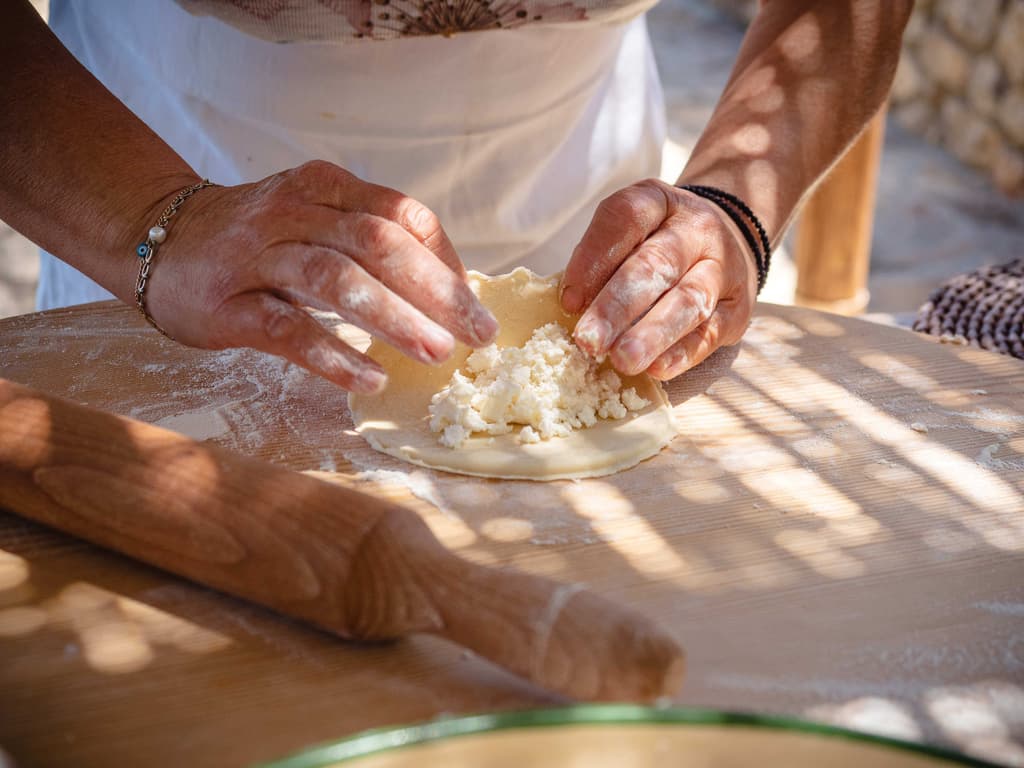
Mizithropites: Authentic Cretan Pies
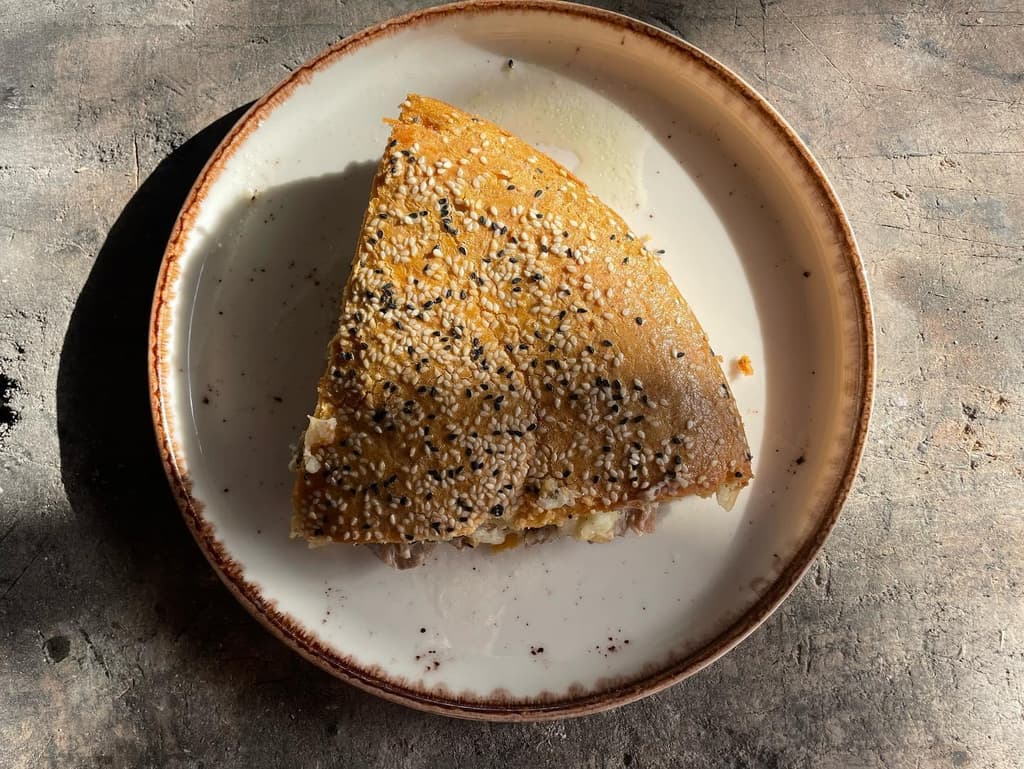
Meat cake
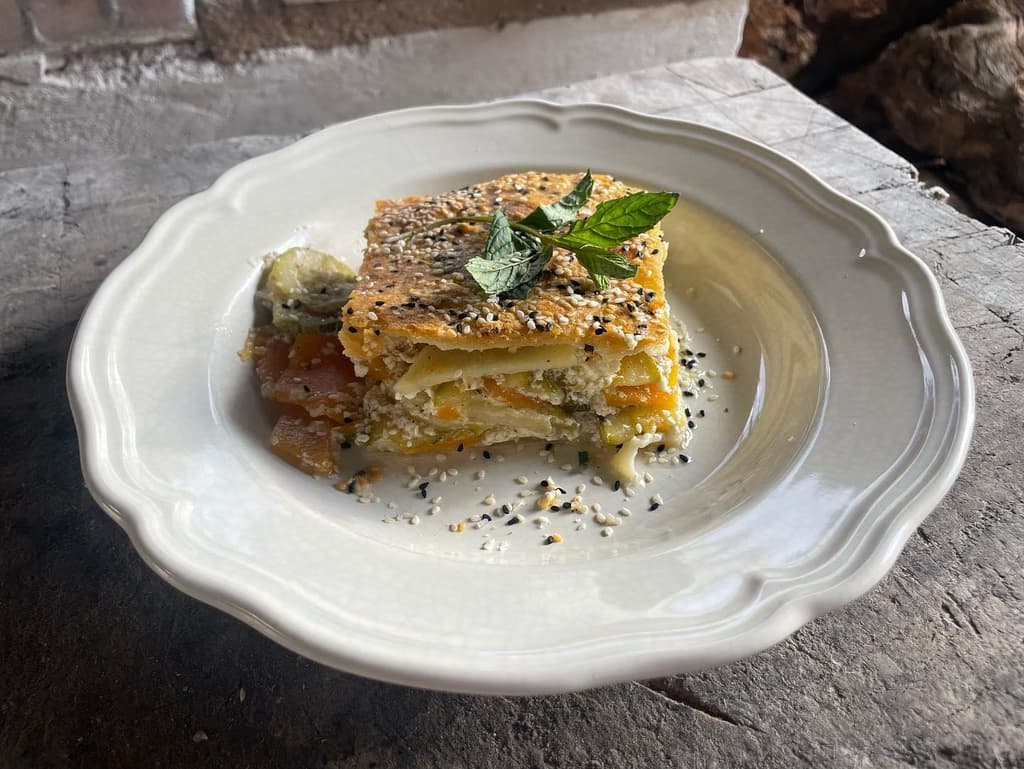
Chania Boureki or Courgette Boureki
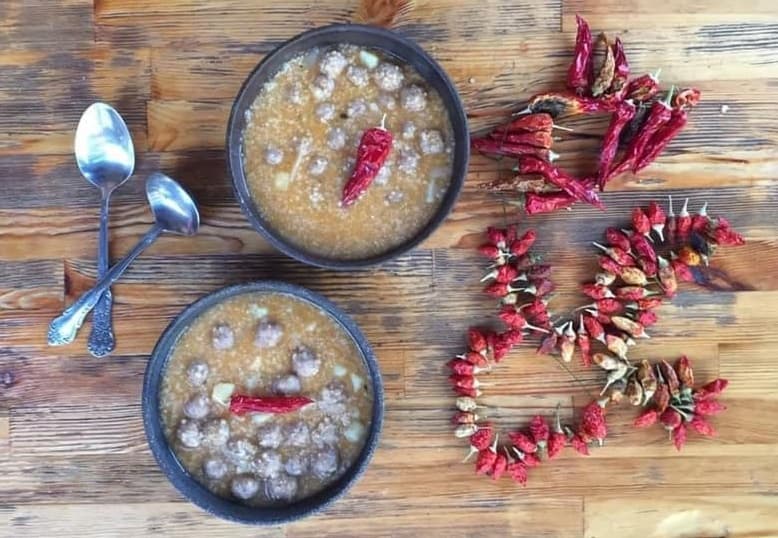
Topia (Balls)
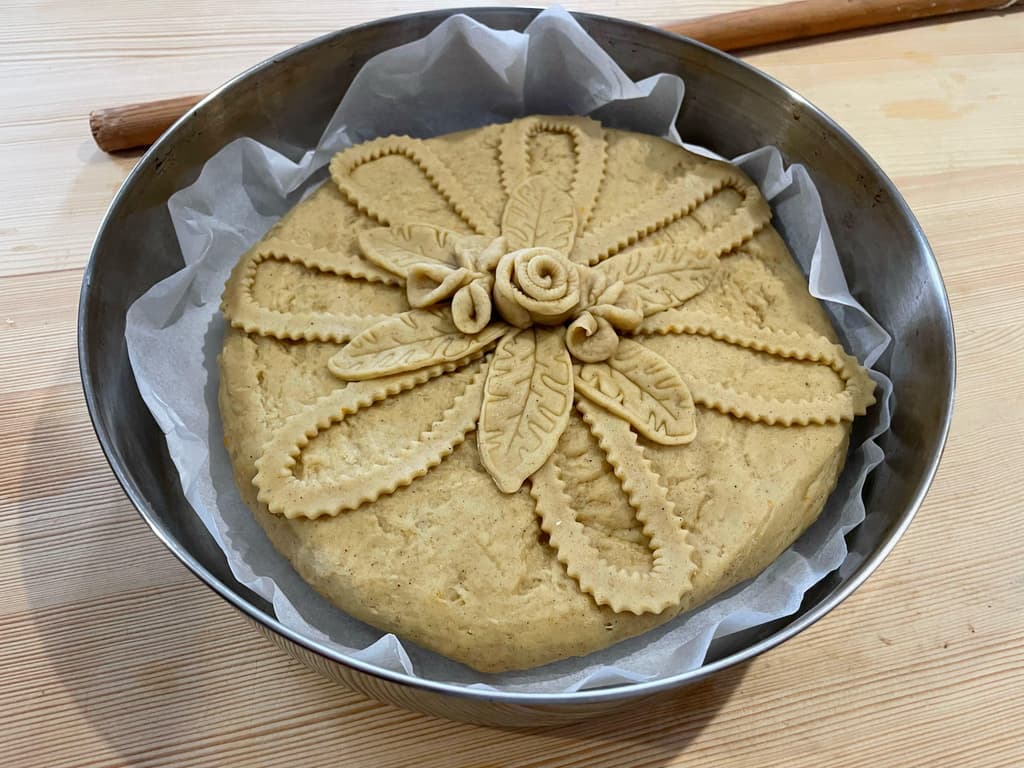
The Traditional 'Bread of the Year'
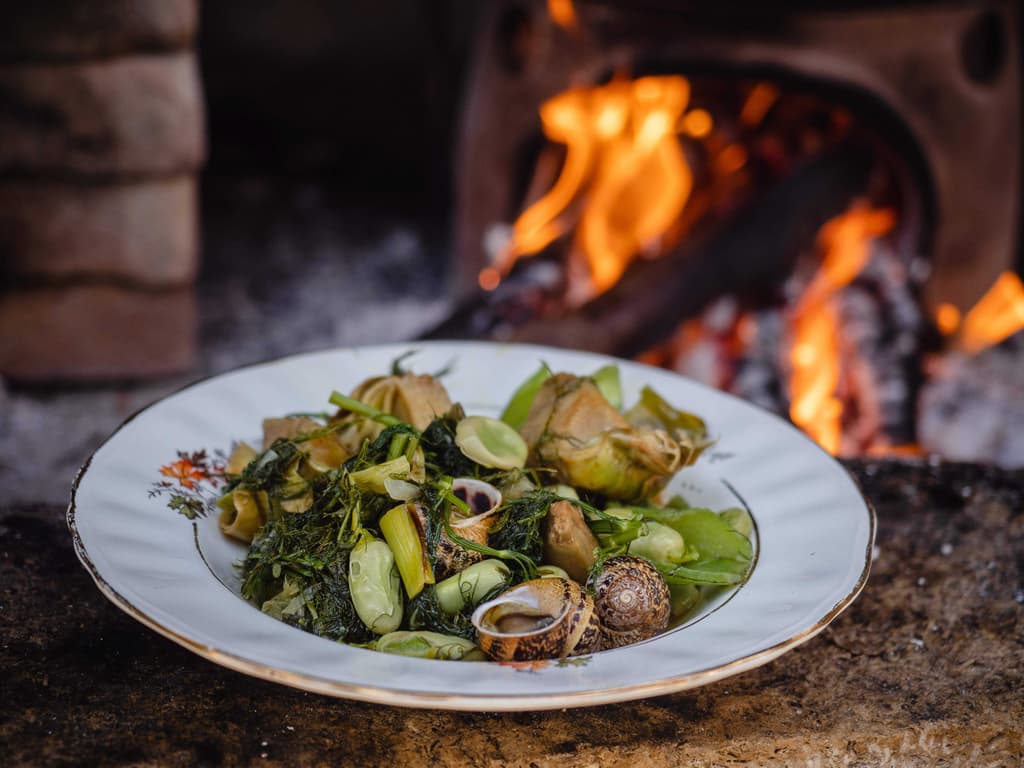
Snails with Broad Beans and Artichokes
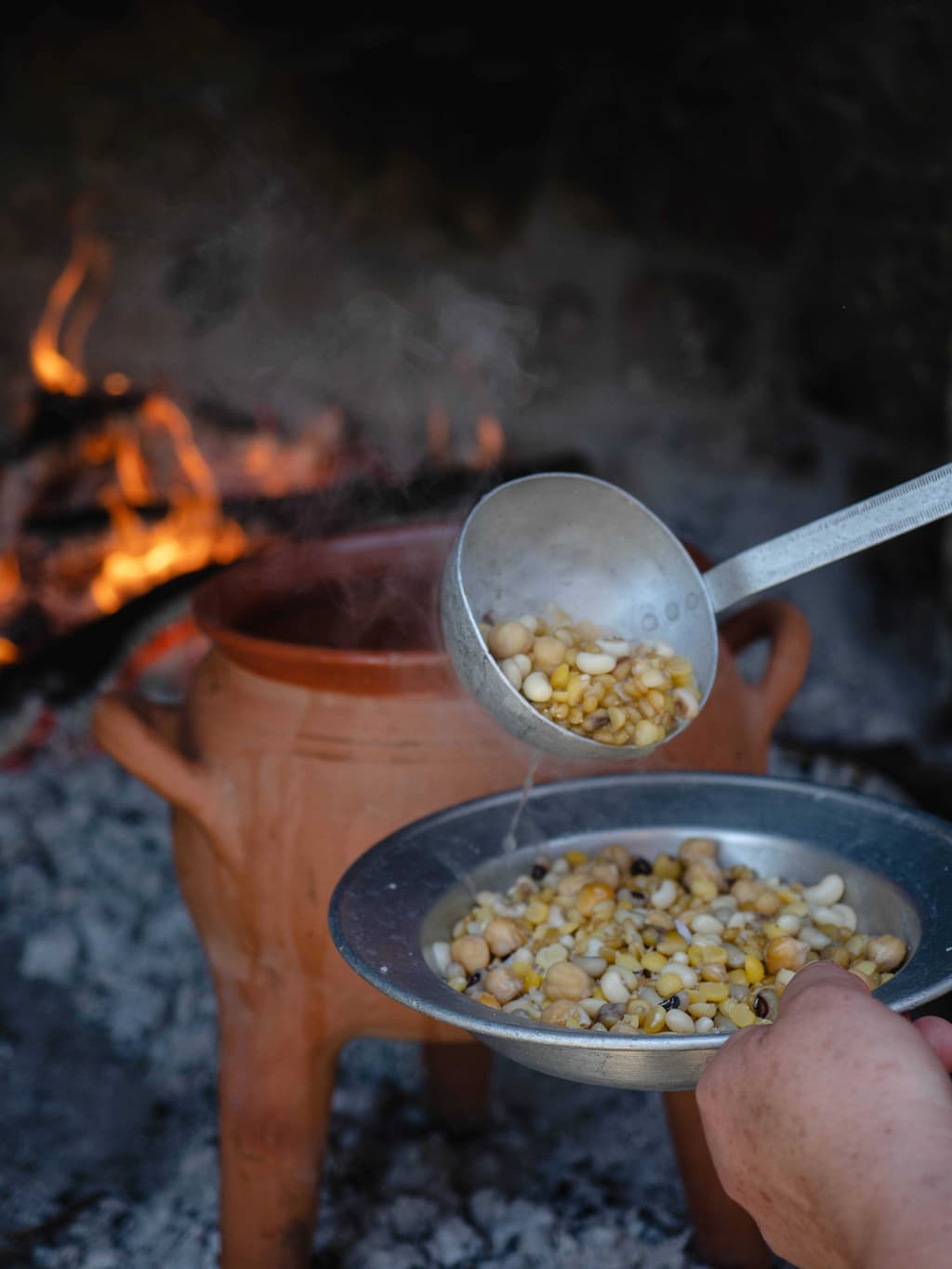
Cretan Ospriada or Palikaria (A Legume Dish)
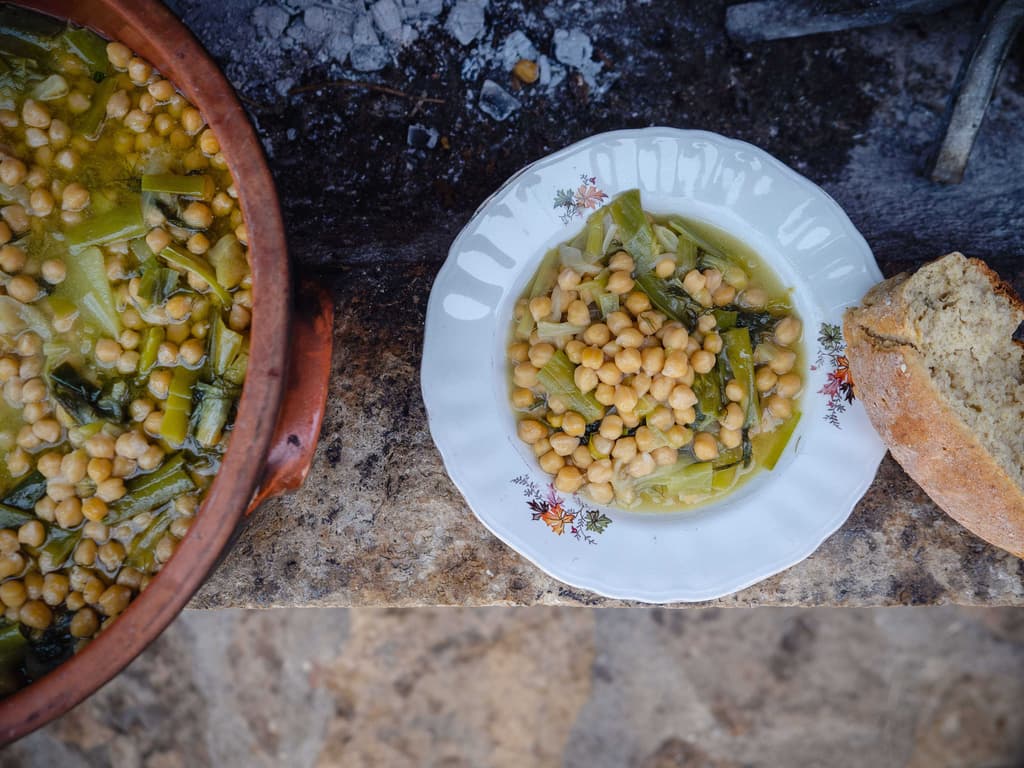
Chickpeas with Wild Leeks, Flour and Lemon Sauce
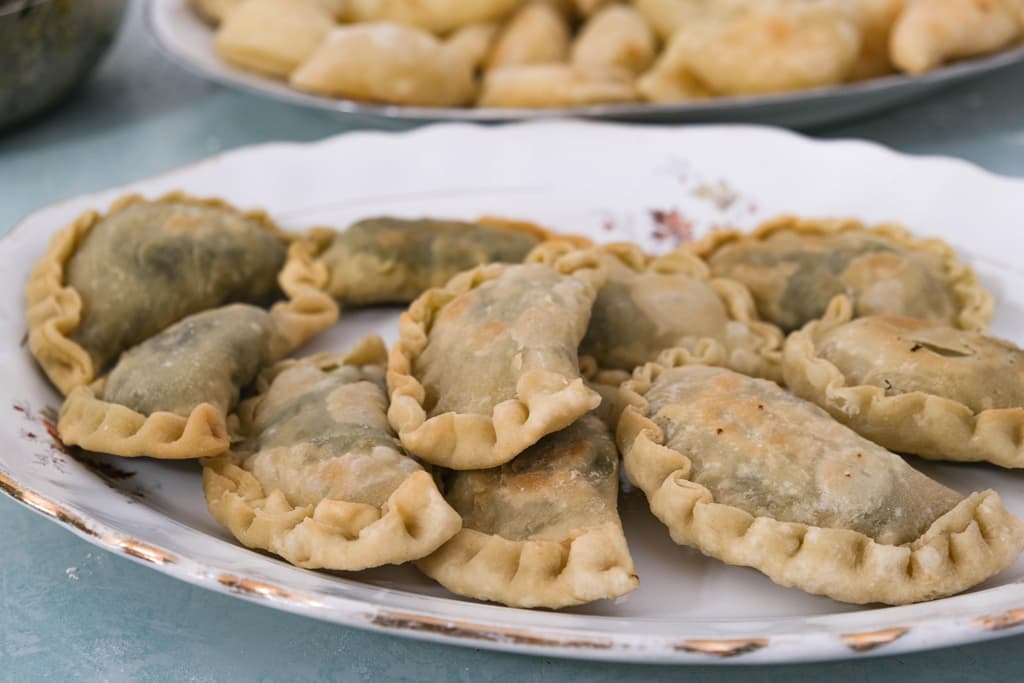
Pies with ‘Yachnera’ Greens
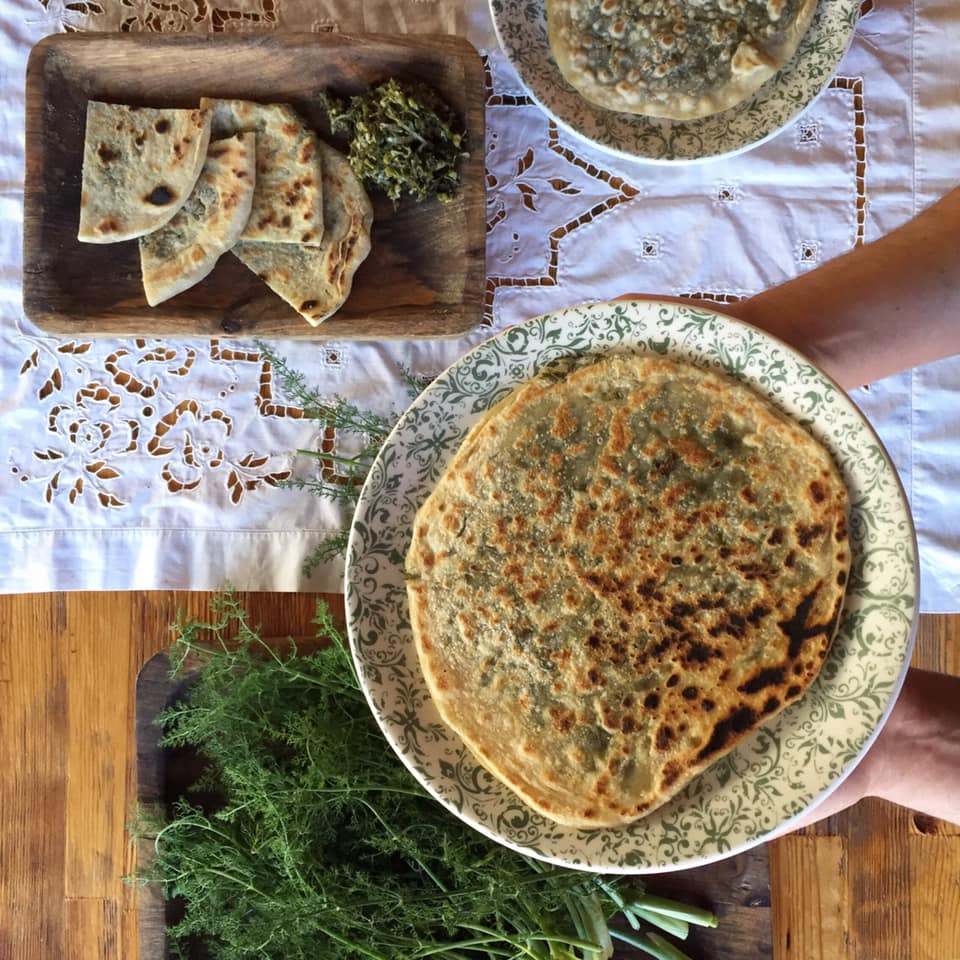
Fennel Pie

Sfakian Pie or Sfakianopita

Biscuits with Sesame Seeds

Sweet Rice Pie or 'Tzoulamas'
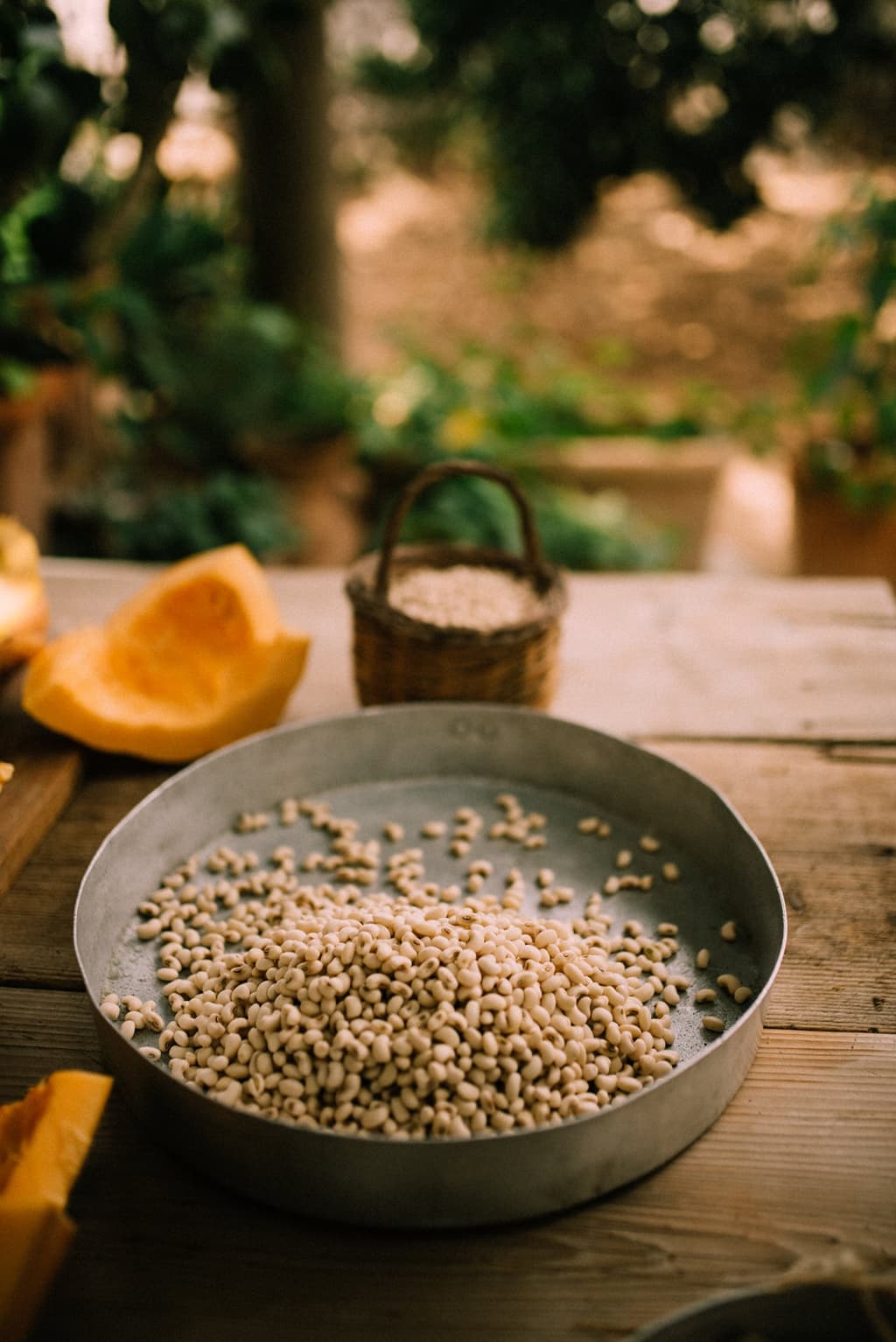
Apostoli White-Eyed Bean
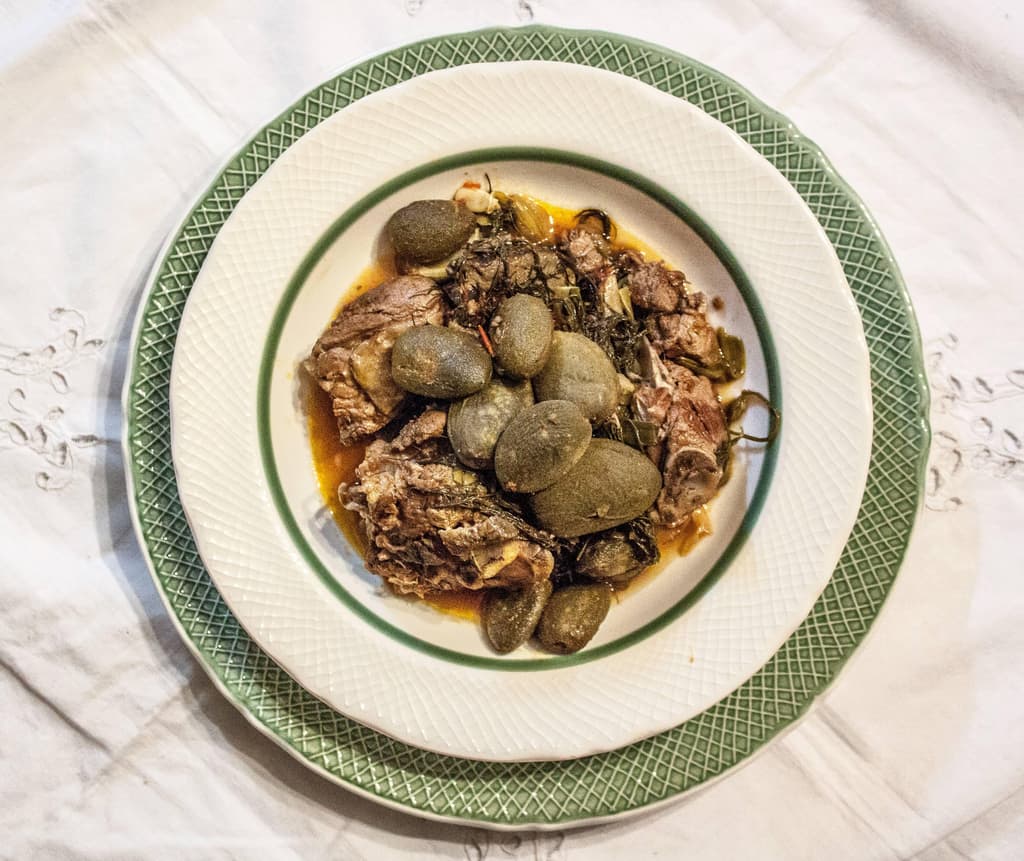
Almond-Infused Goat Dish with Fennel: A Fresh Delight
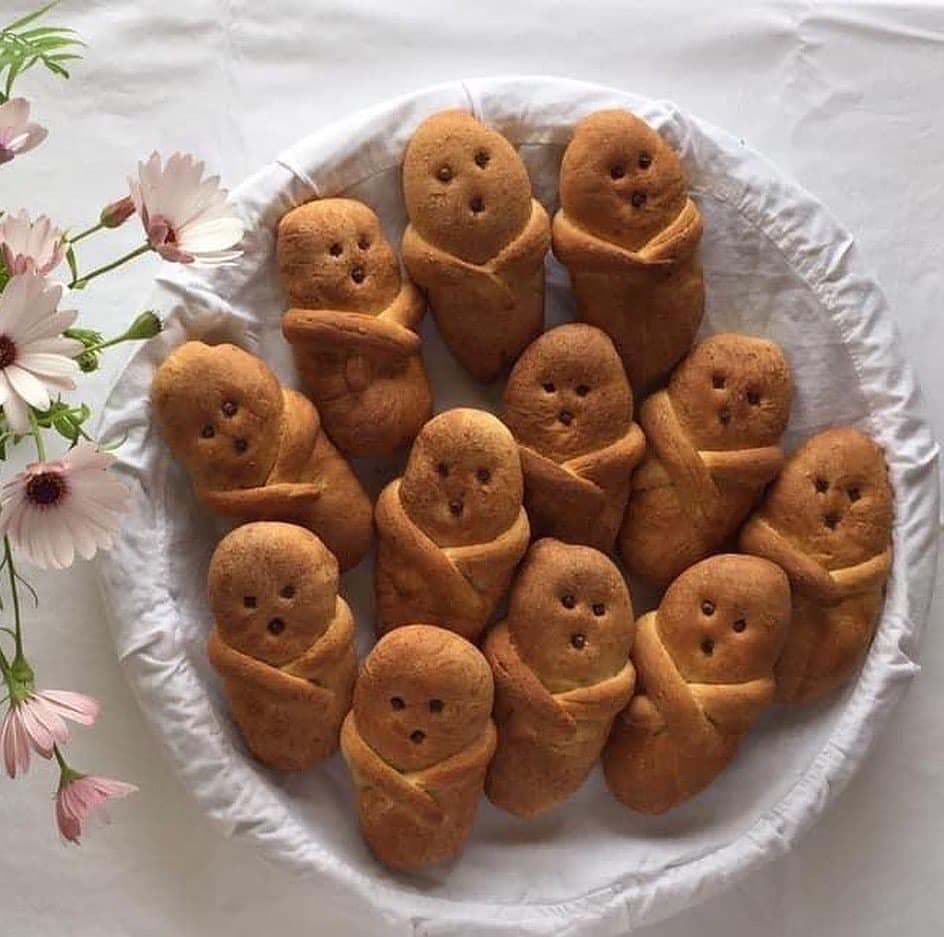
Lazarosavato
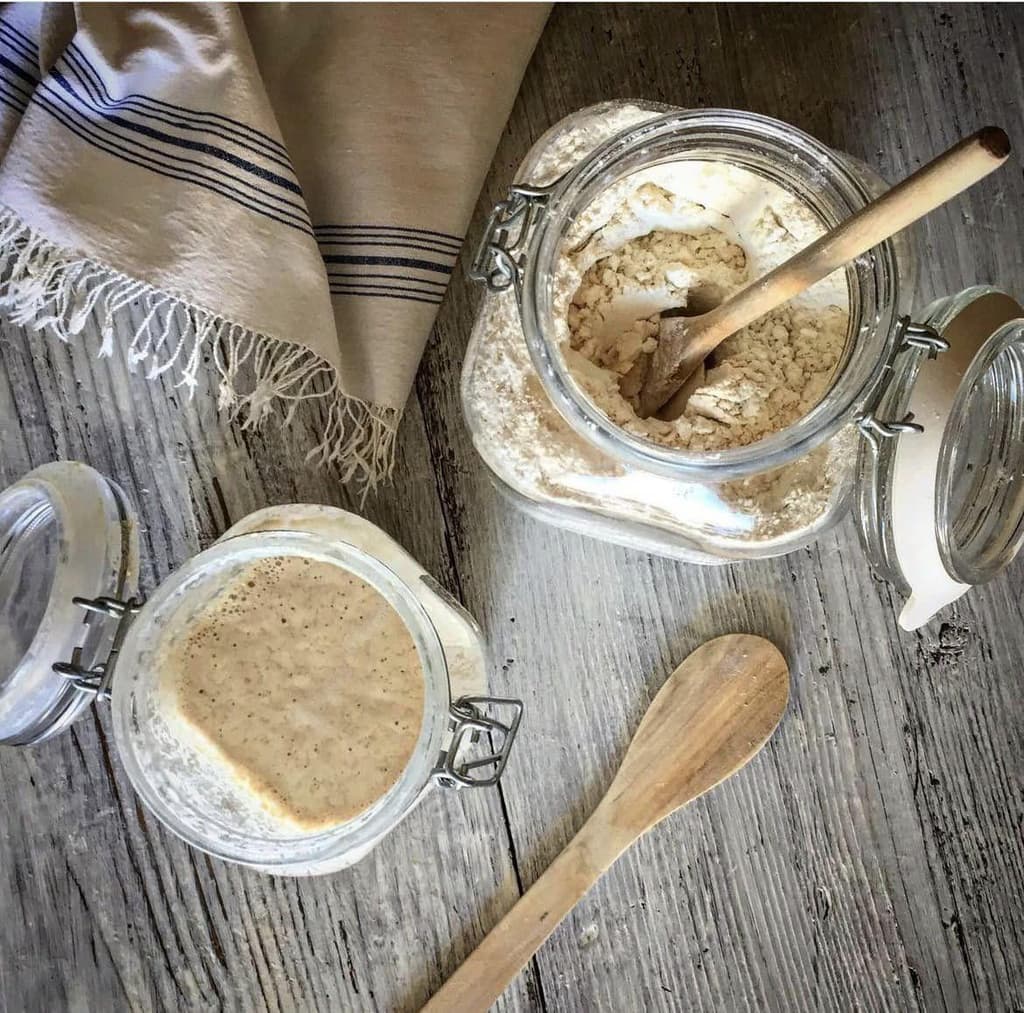
The Holy Week Sourdough
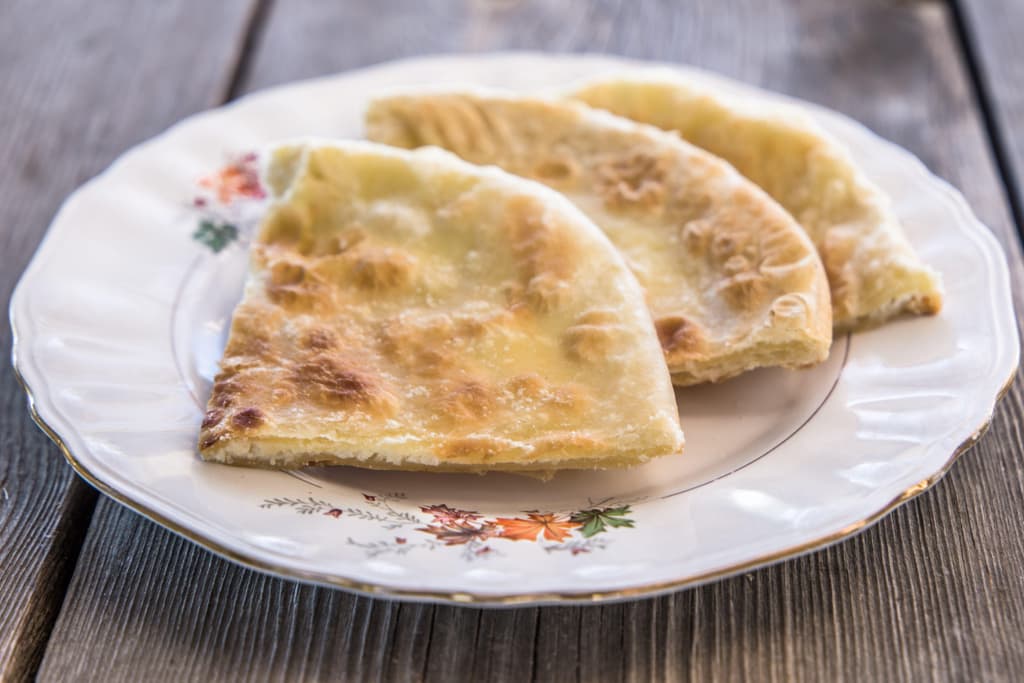
Nerati Mizithropita
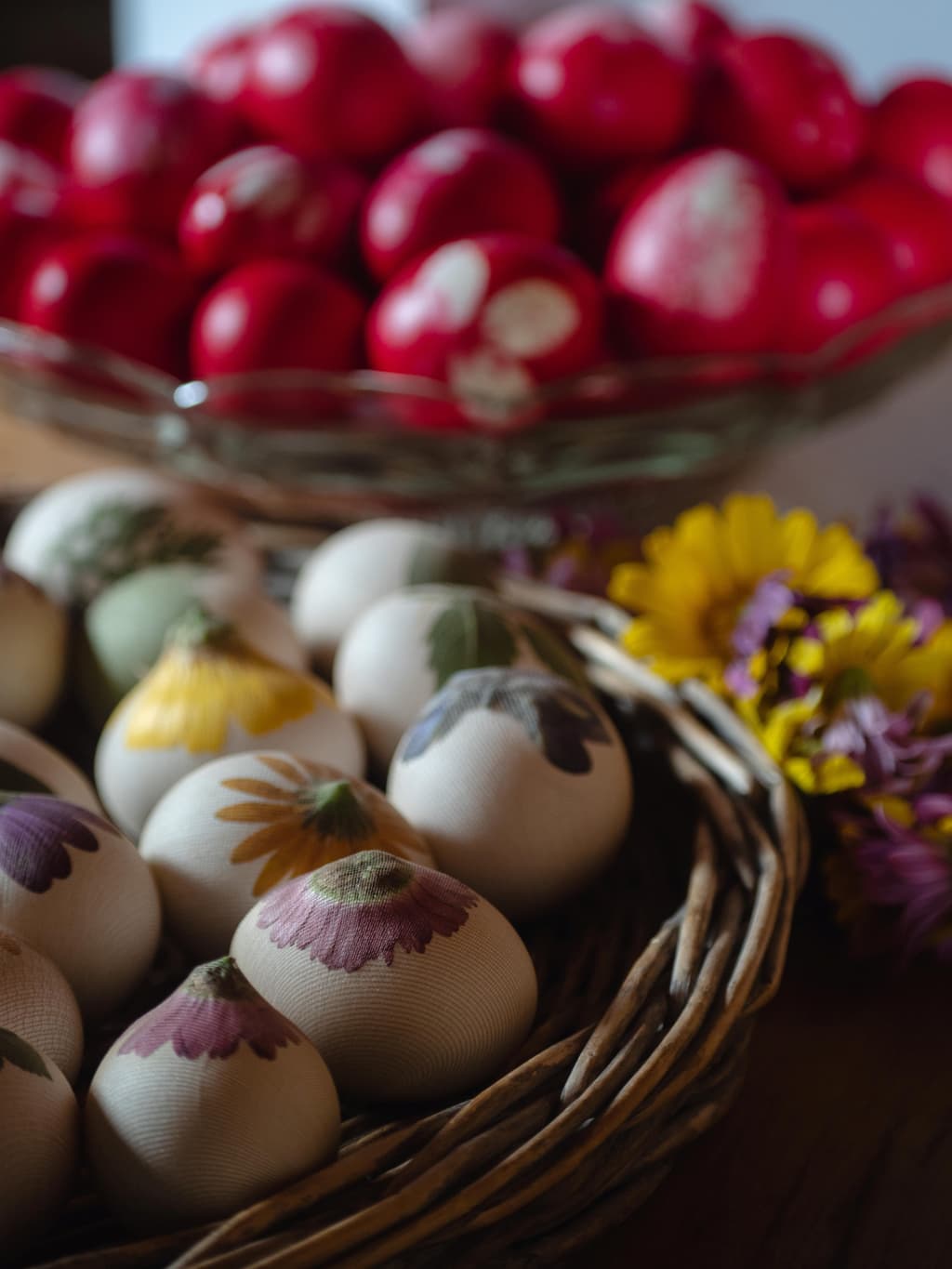
Easter Eggs
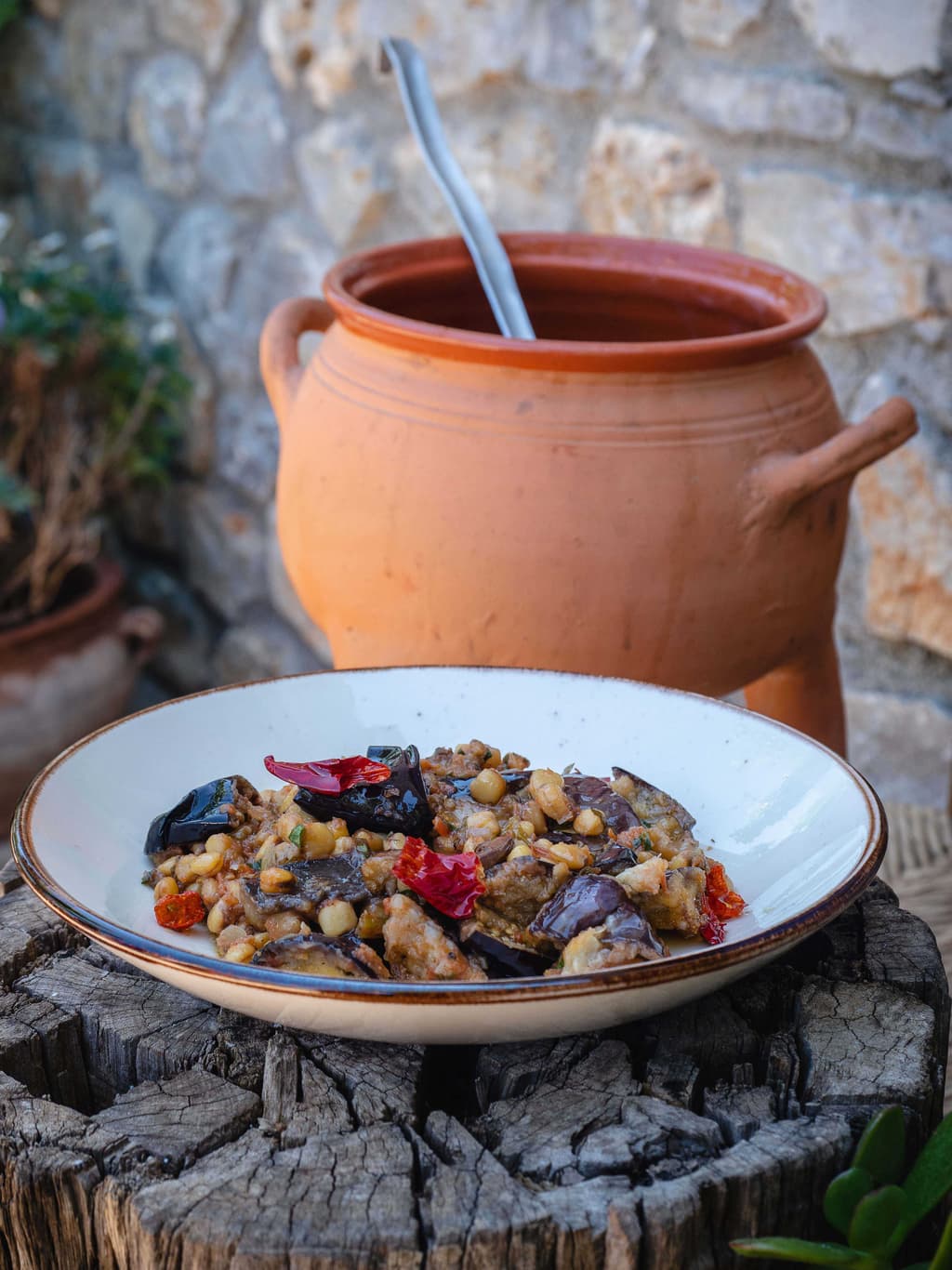
Kalikota
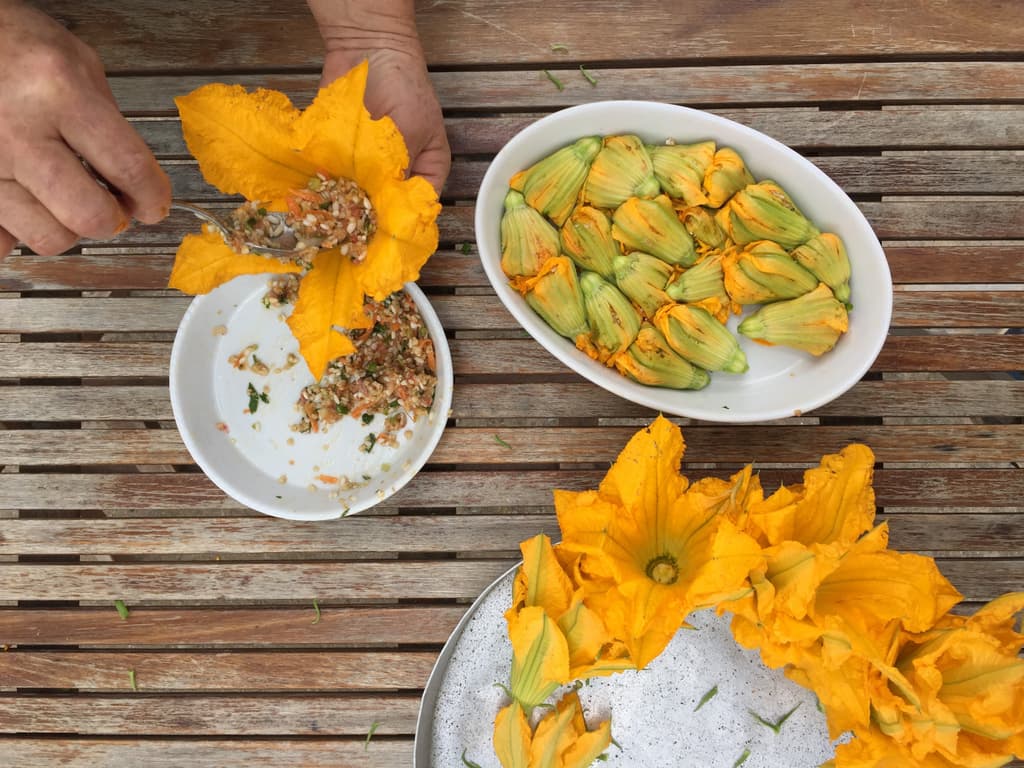
Stuffed Courgette Flowers
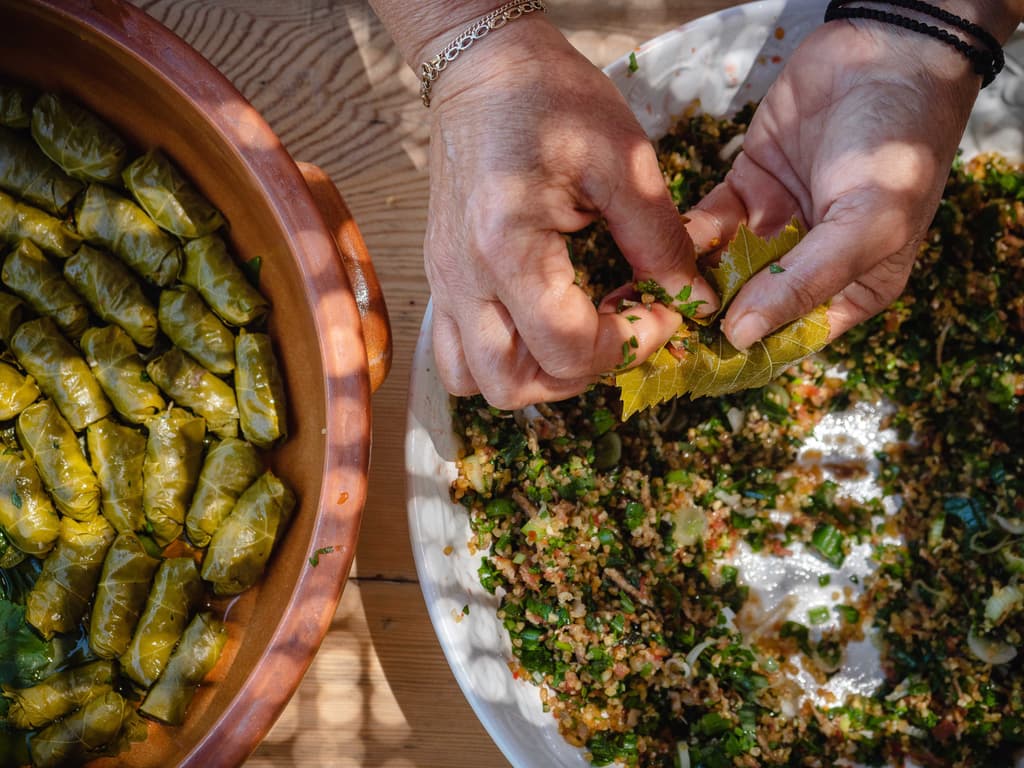
Stuffed Vine Leaves

Cracked Wheat and Snails
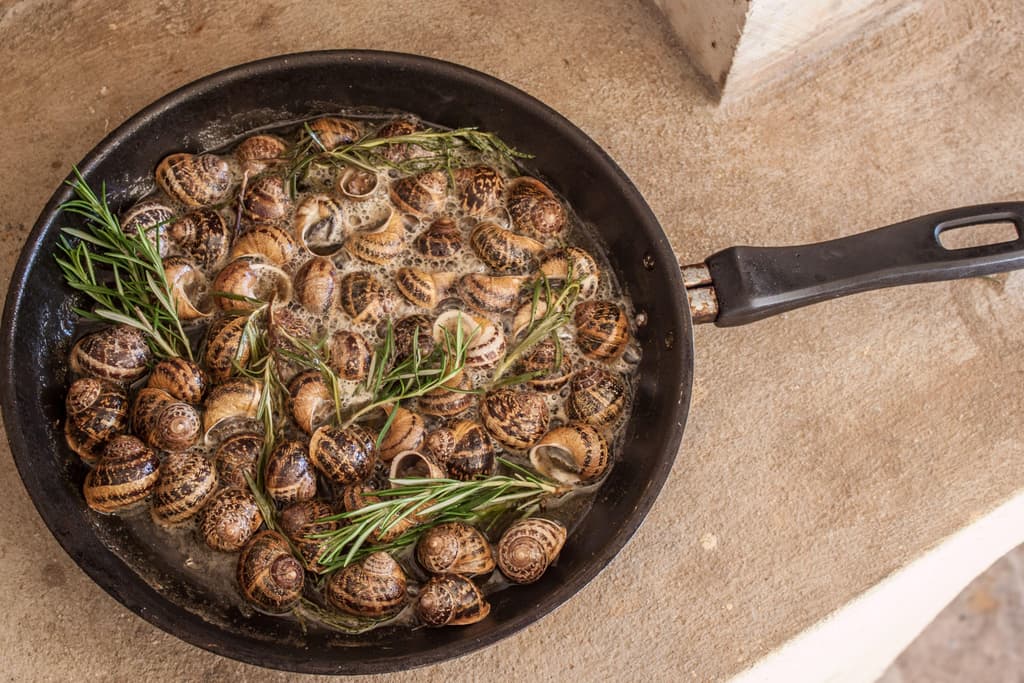
Chochli Boubouristi (Snails Face Down)
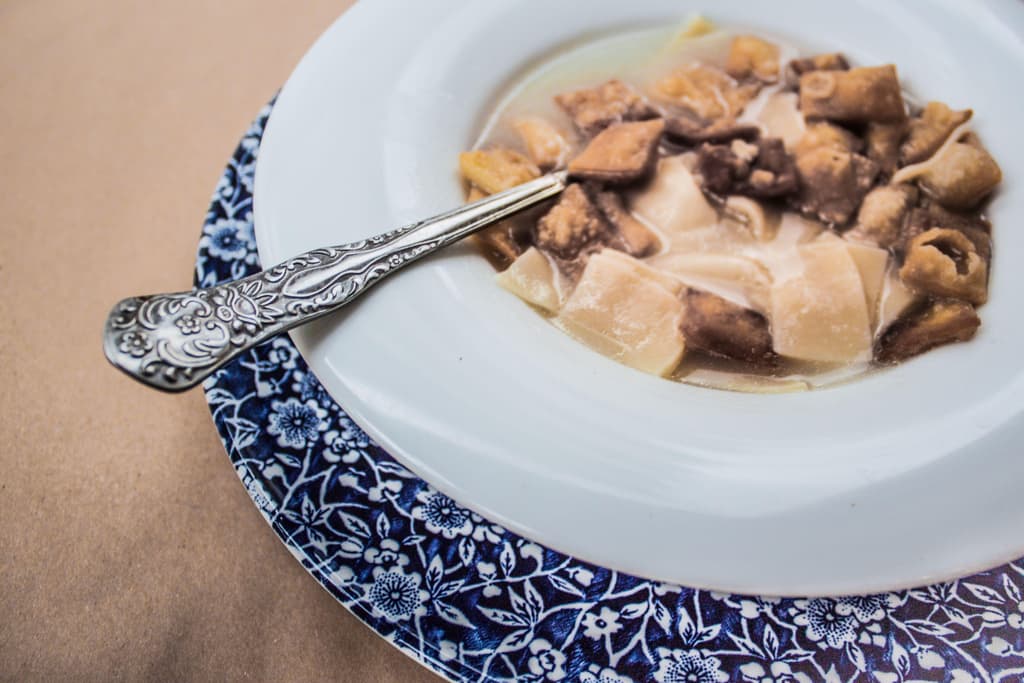
Mangiri
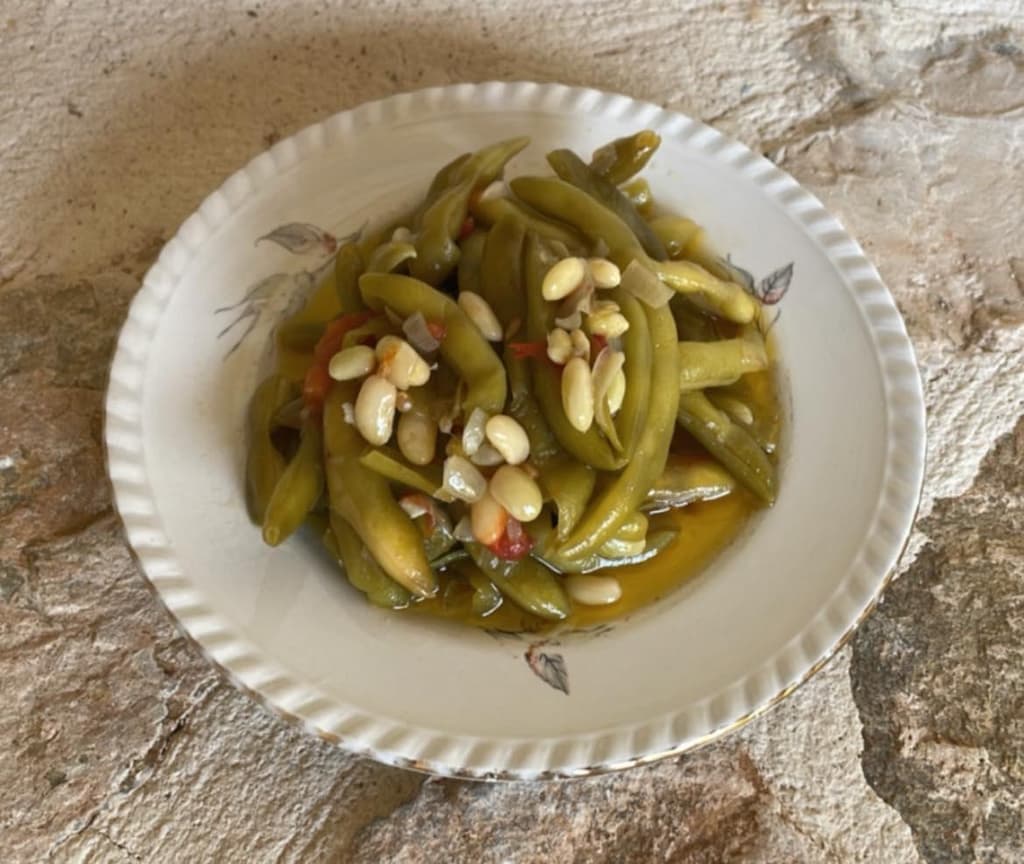
Symian Bean
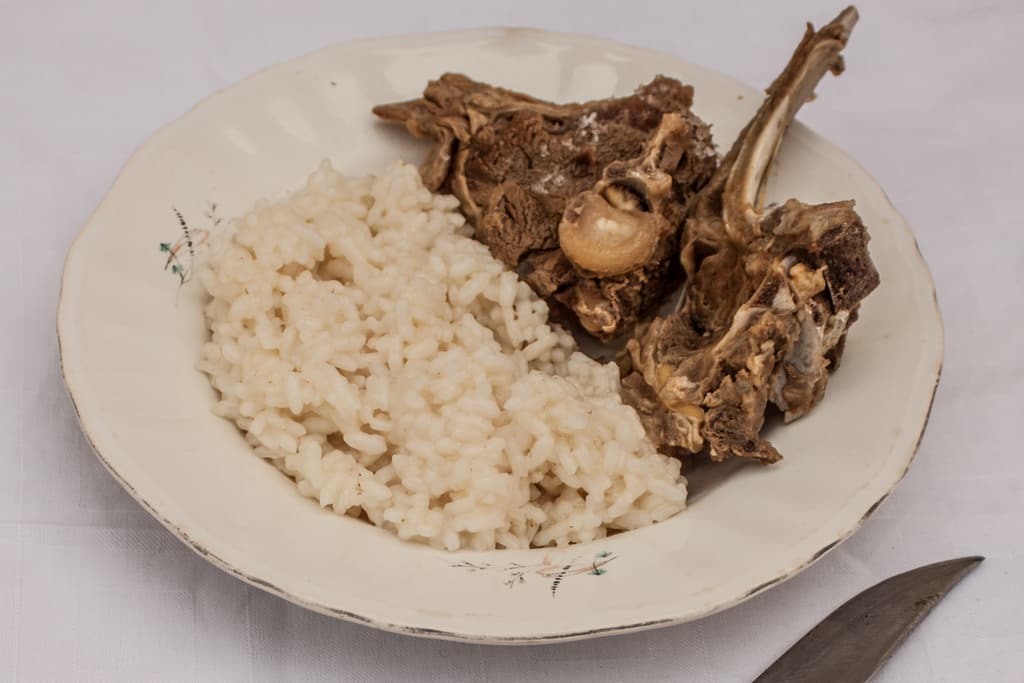
Cretan Pilaf
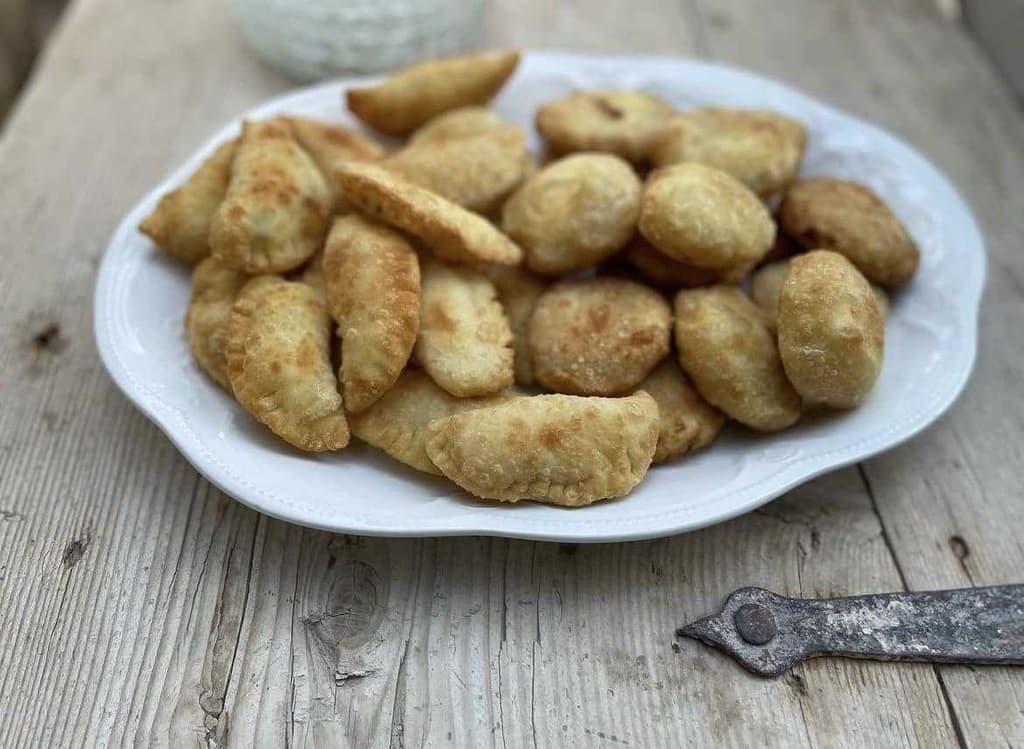
Rethymno Water Pies
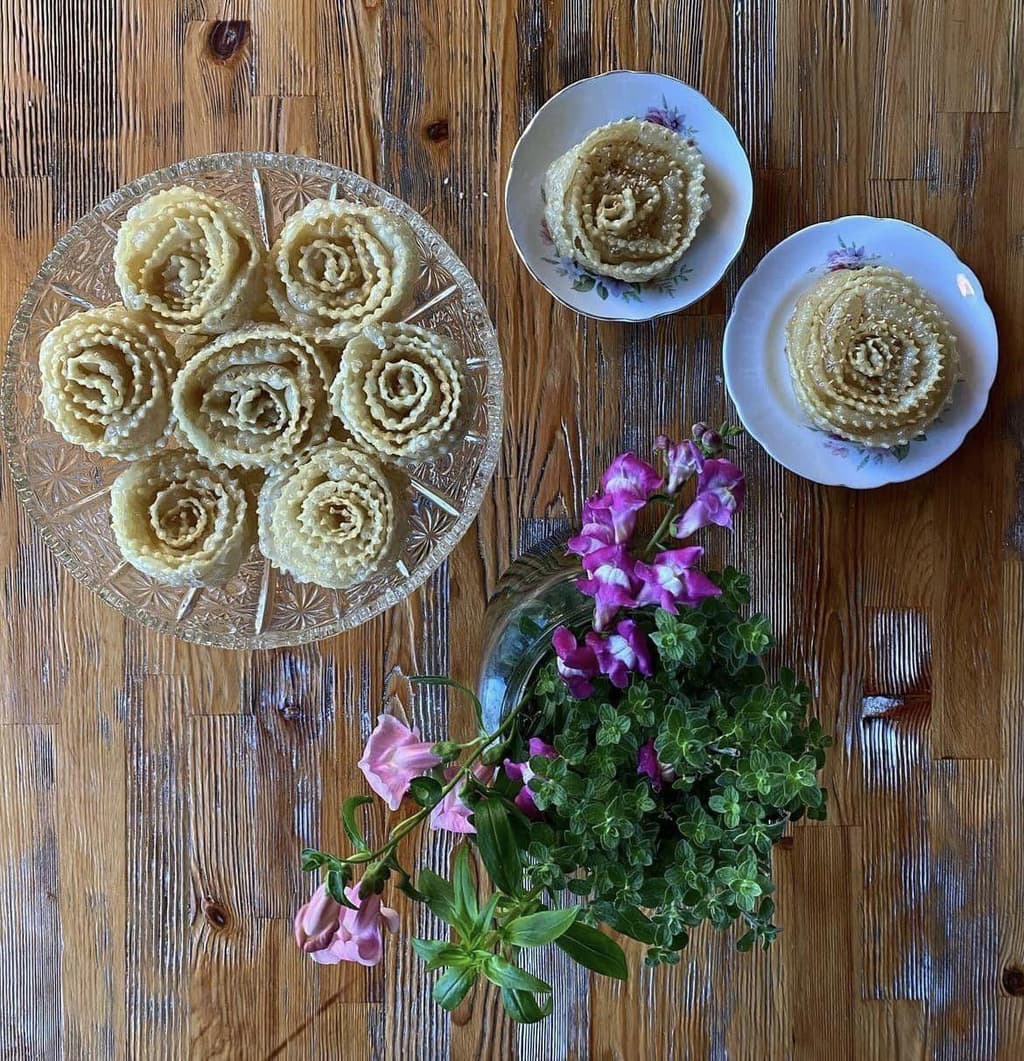
Xerotigana
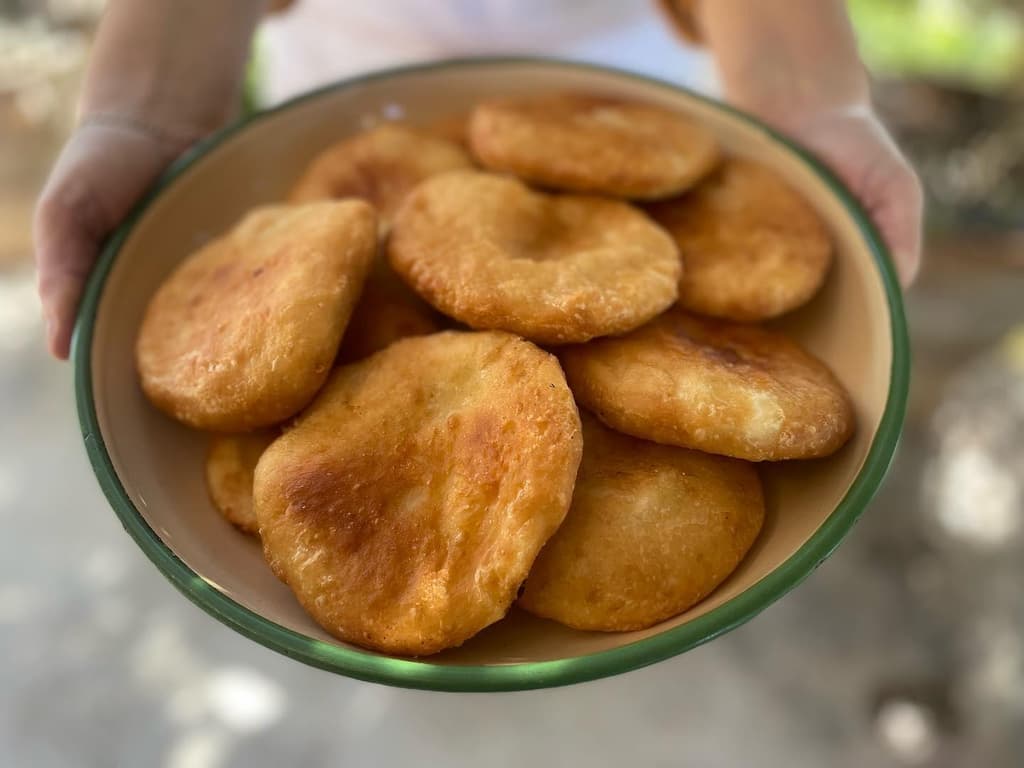
Agnopites
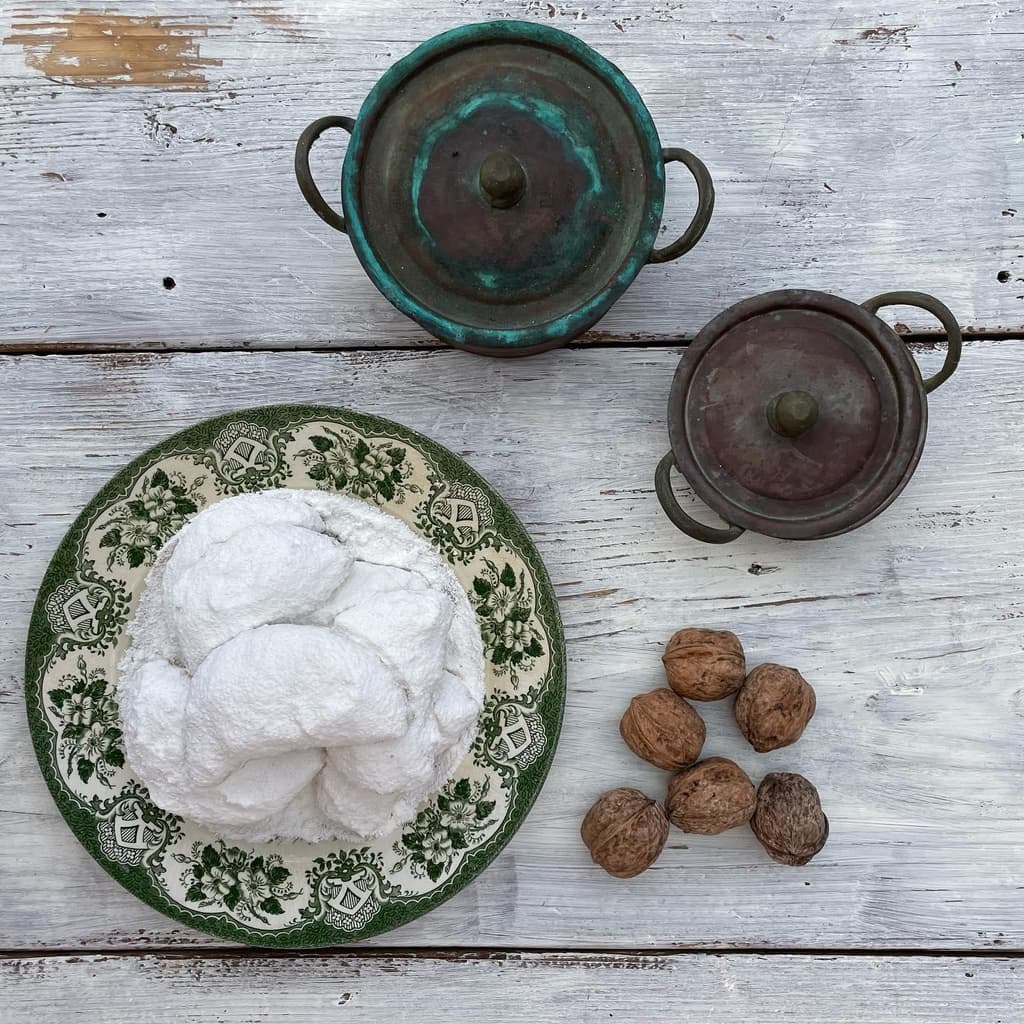
Patoudo
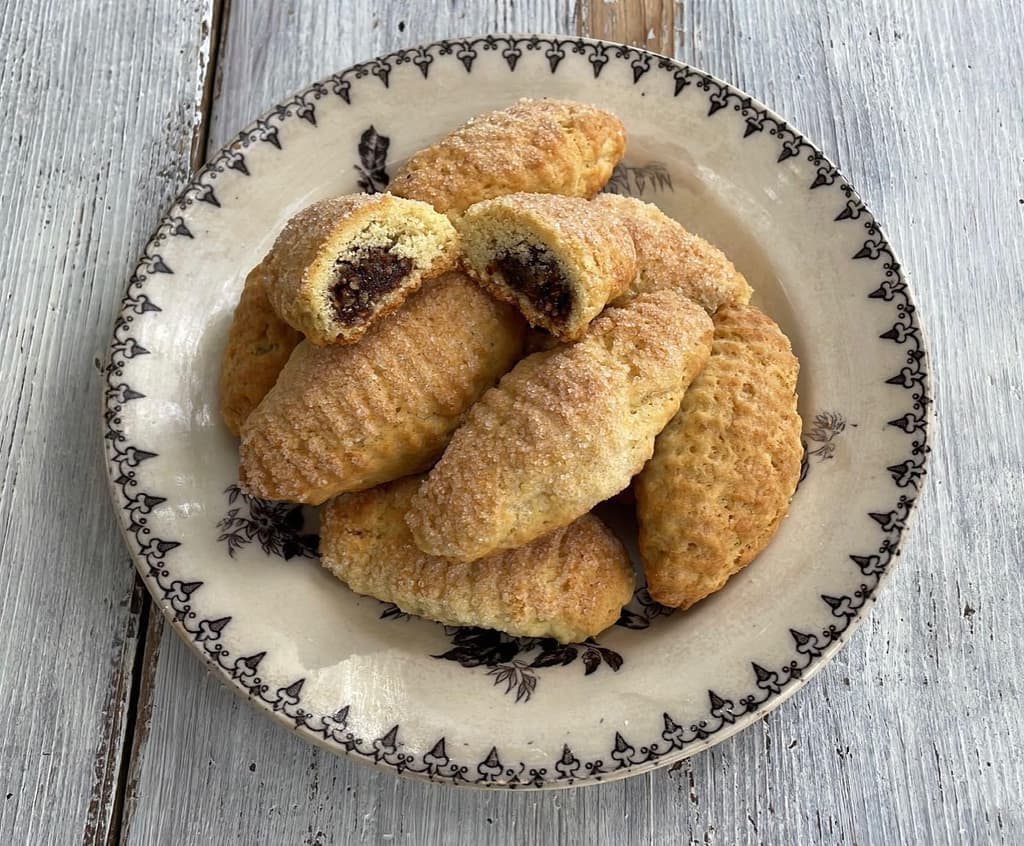
Safidota
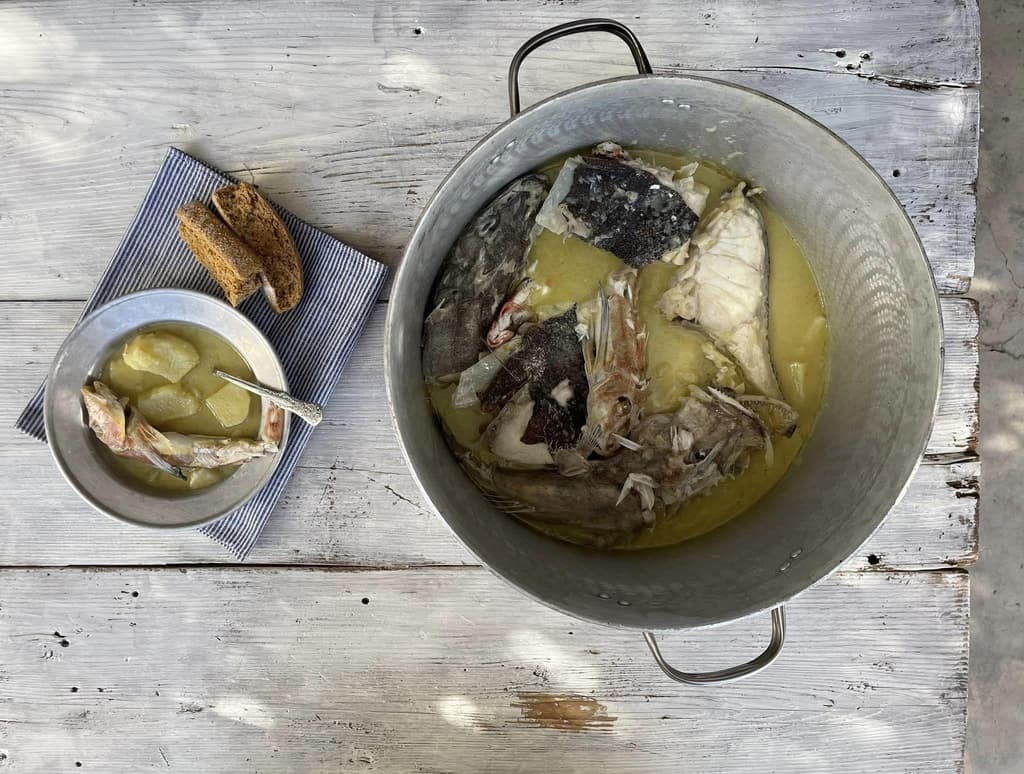
Kakavia (Fish Soup)
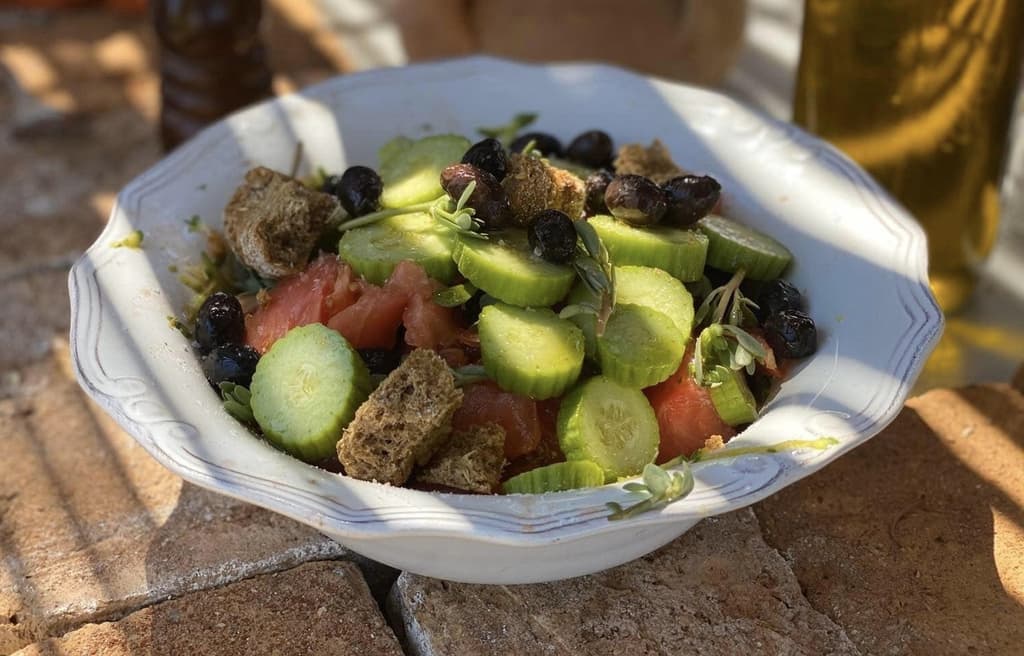
Cretan Greek salad
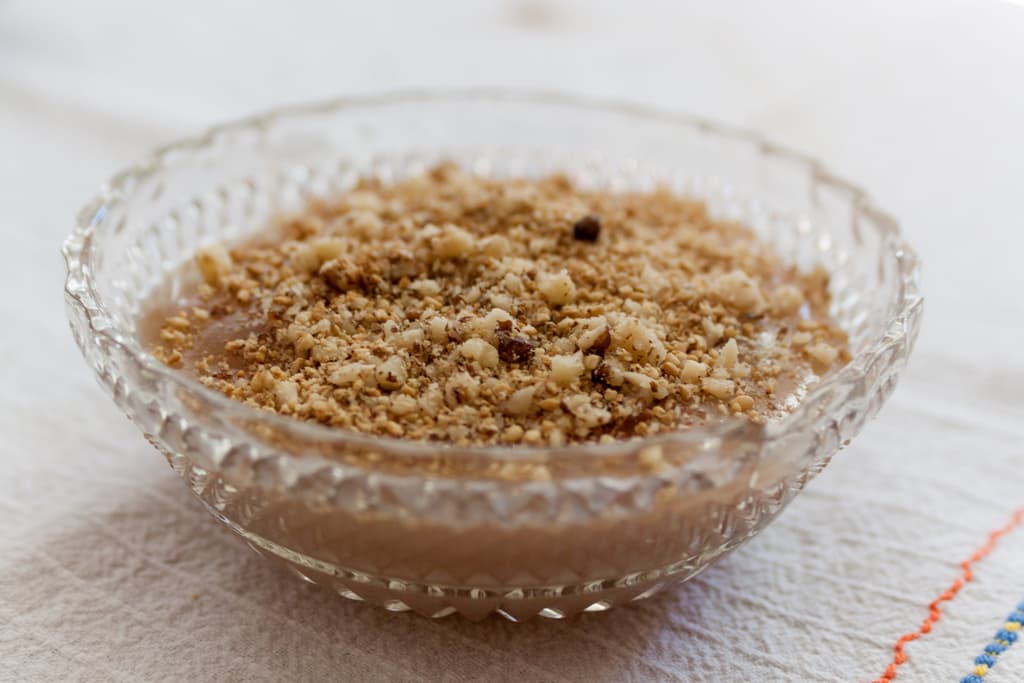
The Sweet Bounty of the Cretan Harvest
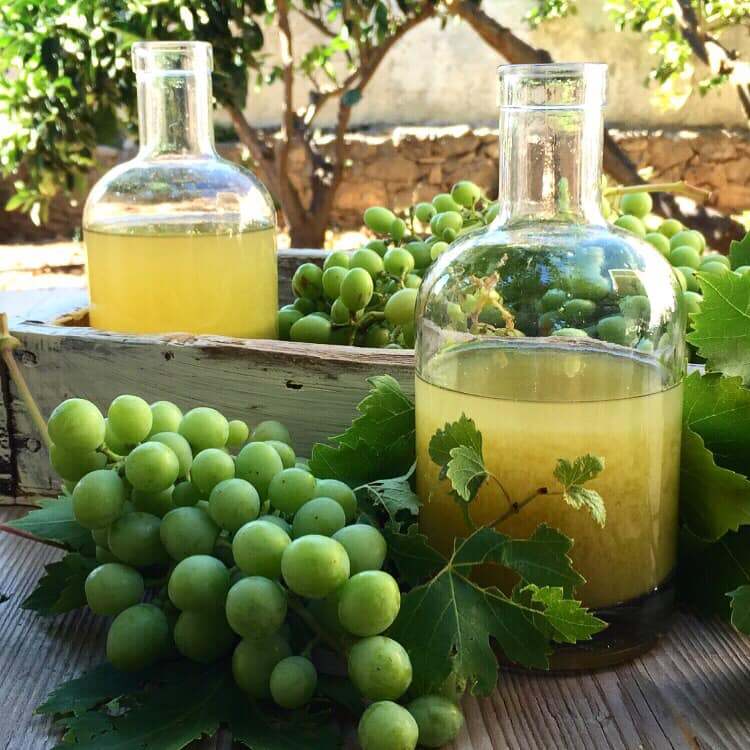
Okra and Unripe Grape
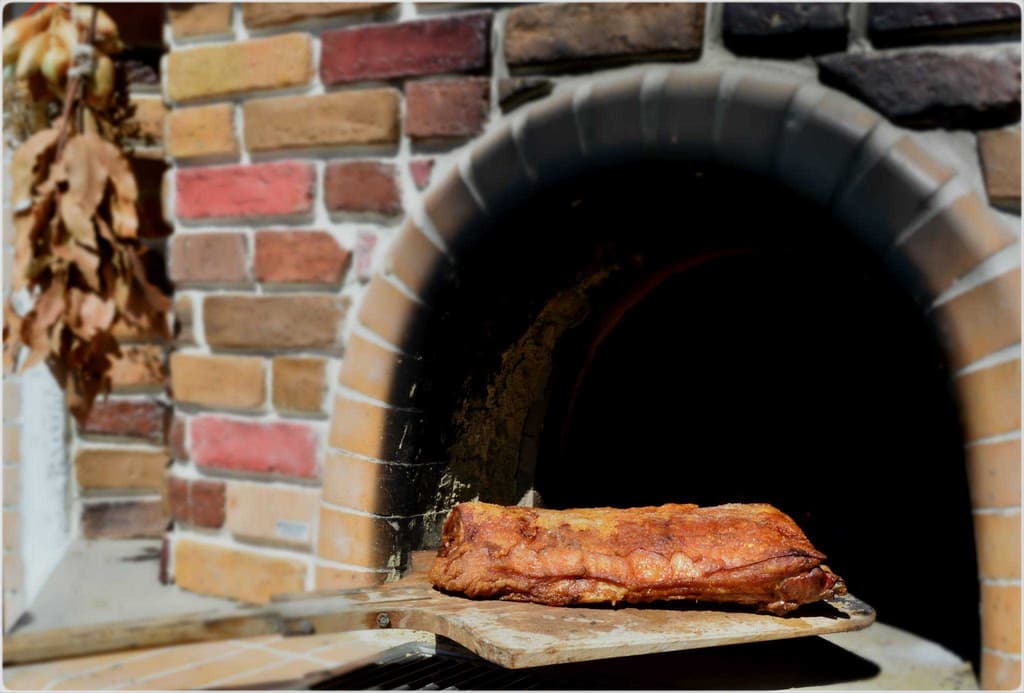
Kapriko
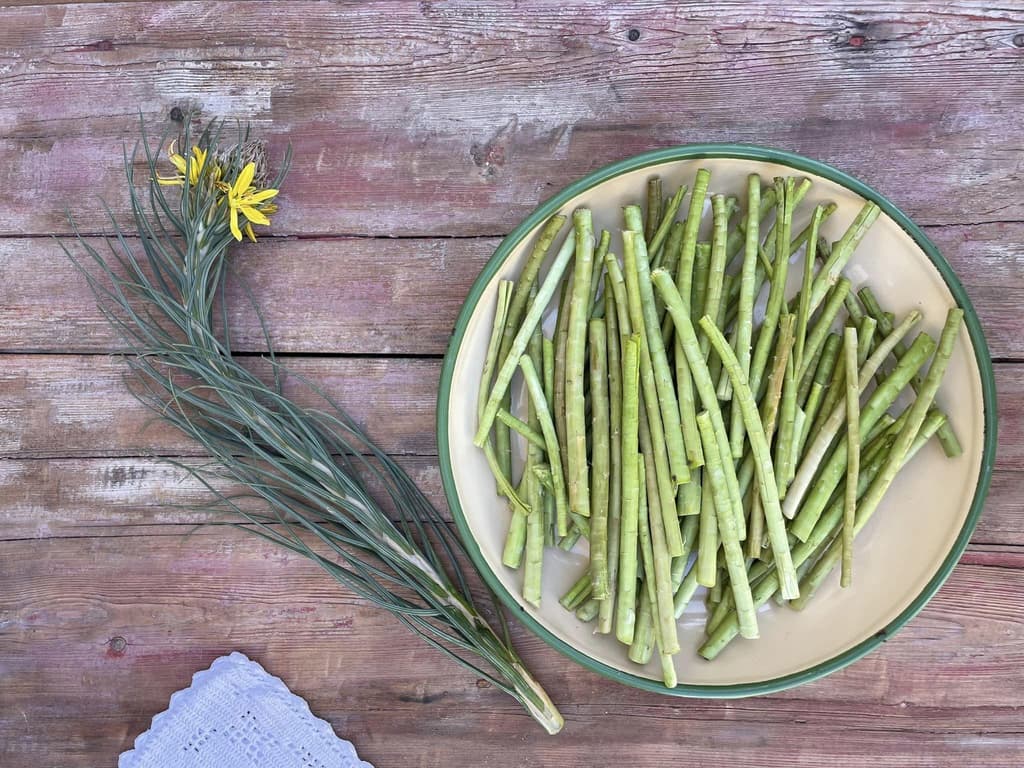
Discovering and Cooking Asphodelaceae: A Taste of Local Cuisine
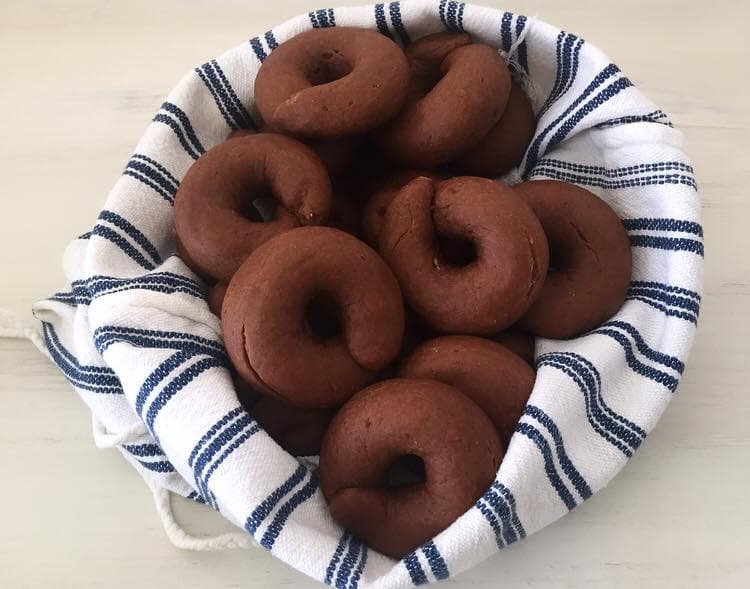
Moustokouloura
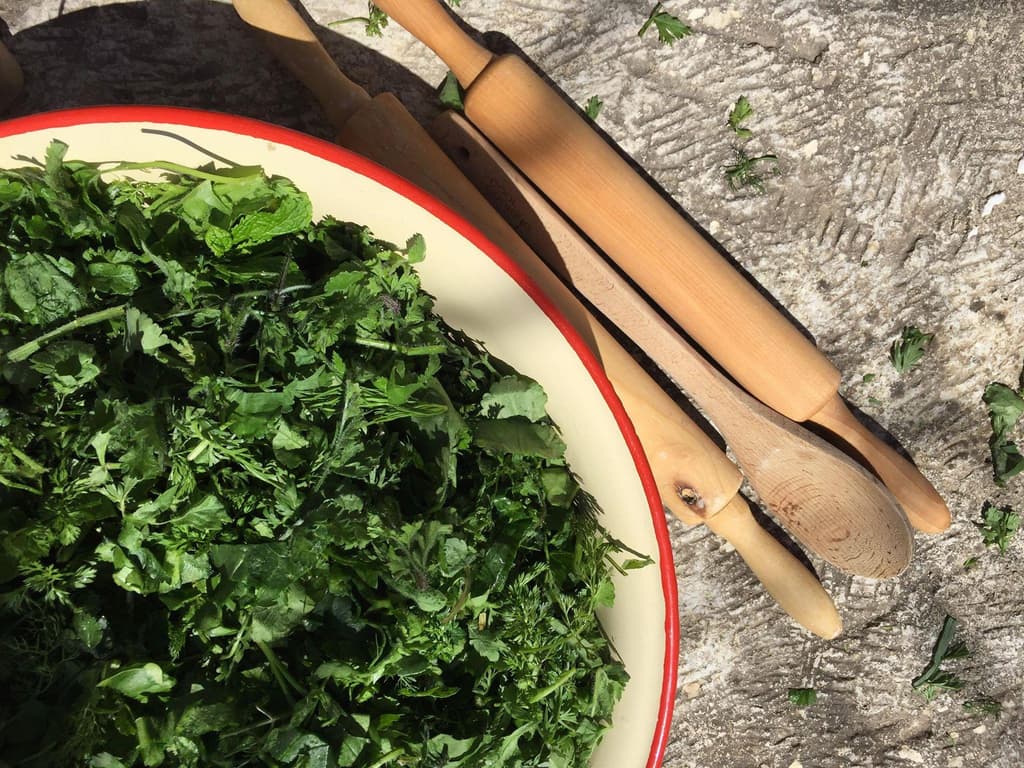
Pie with 'Yachnera' Greens: Baked to Perfection
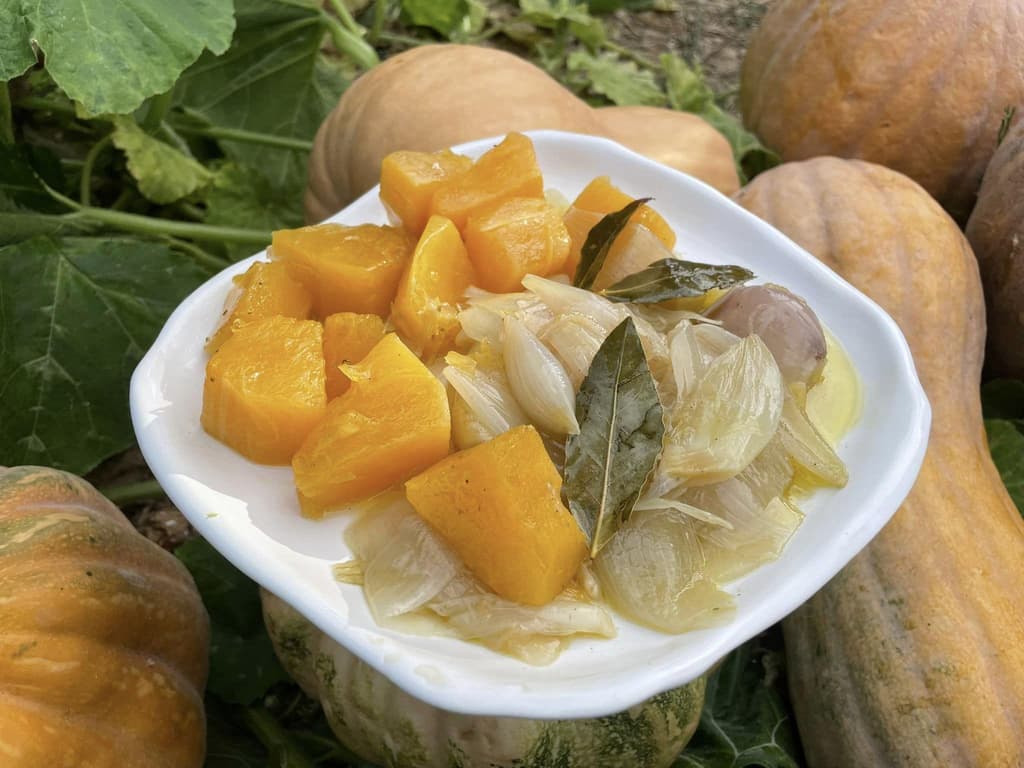
Pumpkin Stifado
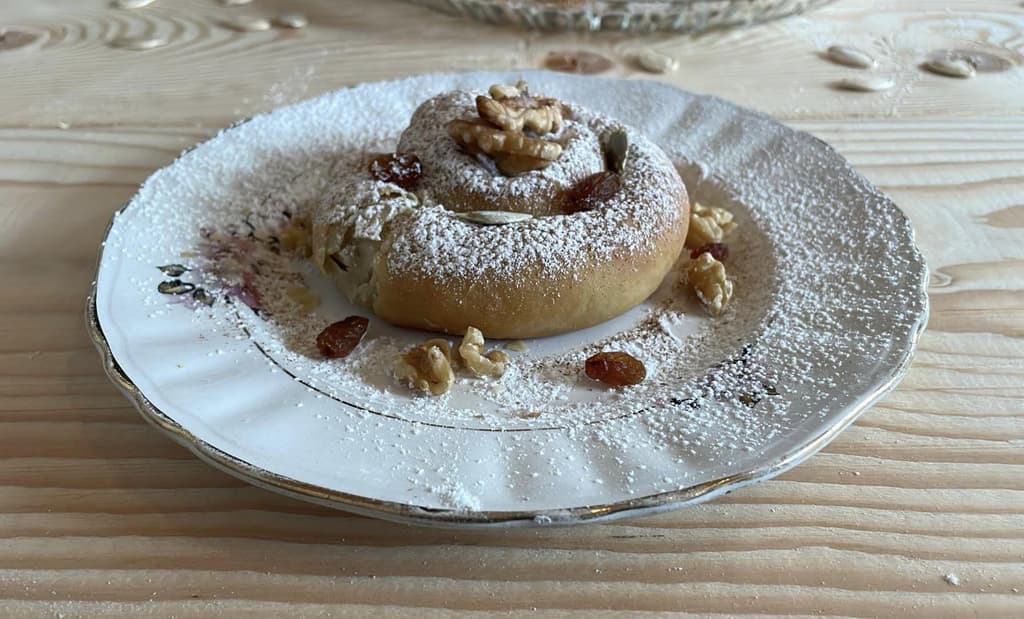
Sweet Pumpkin Pies with Raki Leaves (Oven)
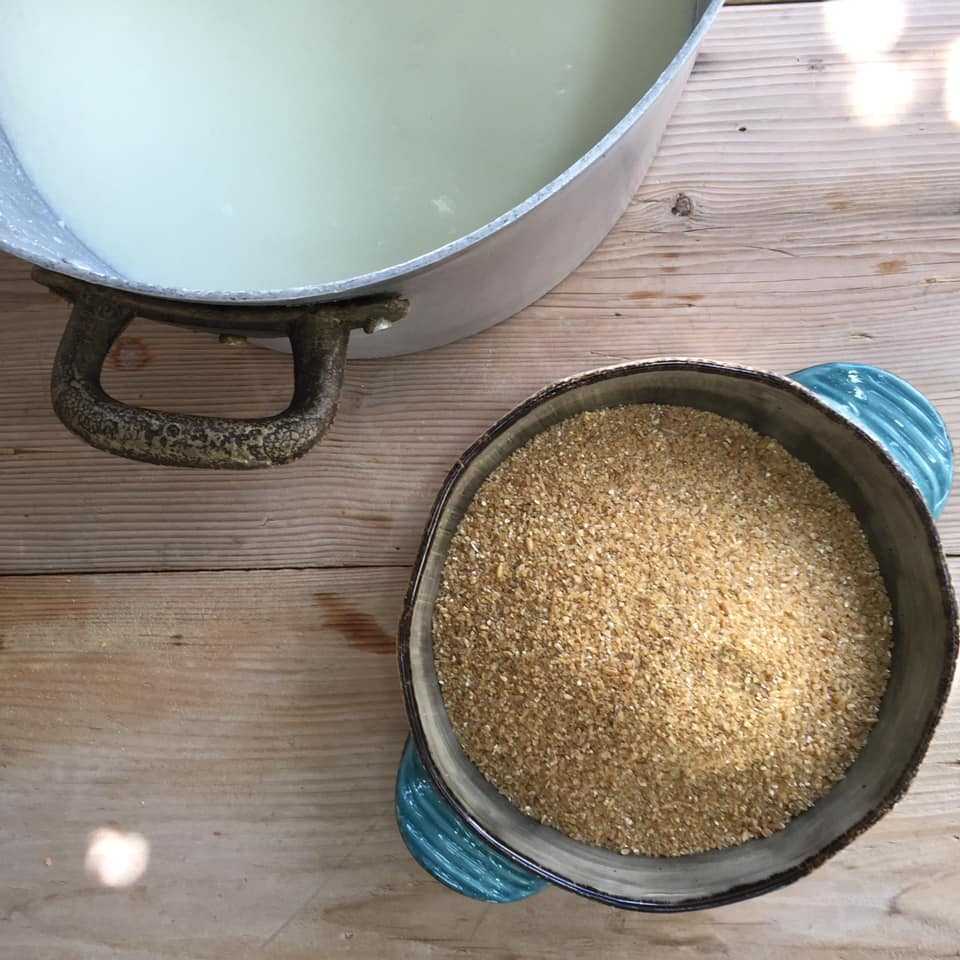
Xinochondros: Sour Bulgur Pasta
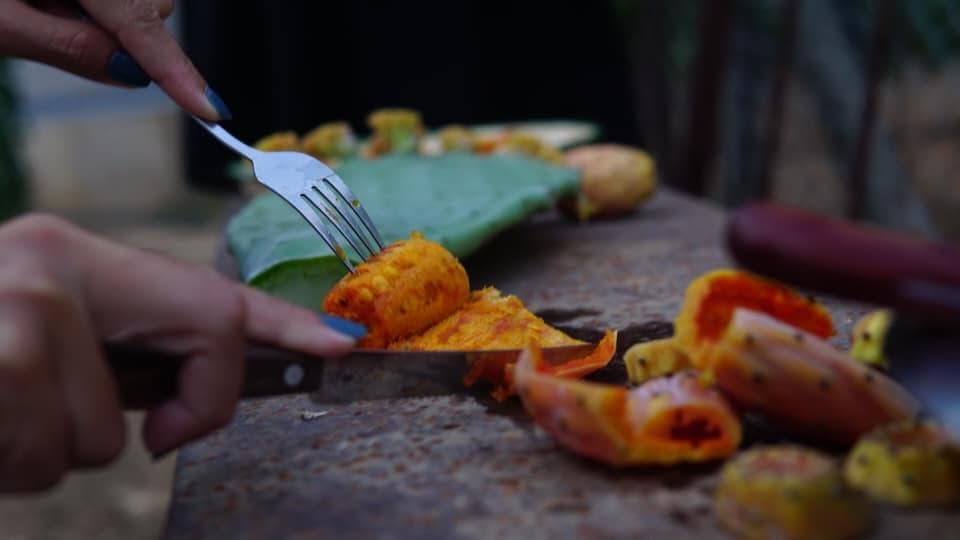
Prickly Pear or Indian Fig
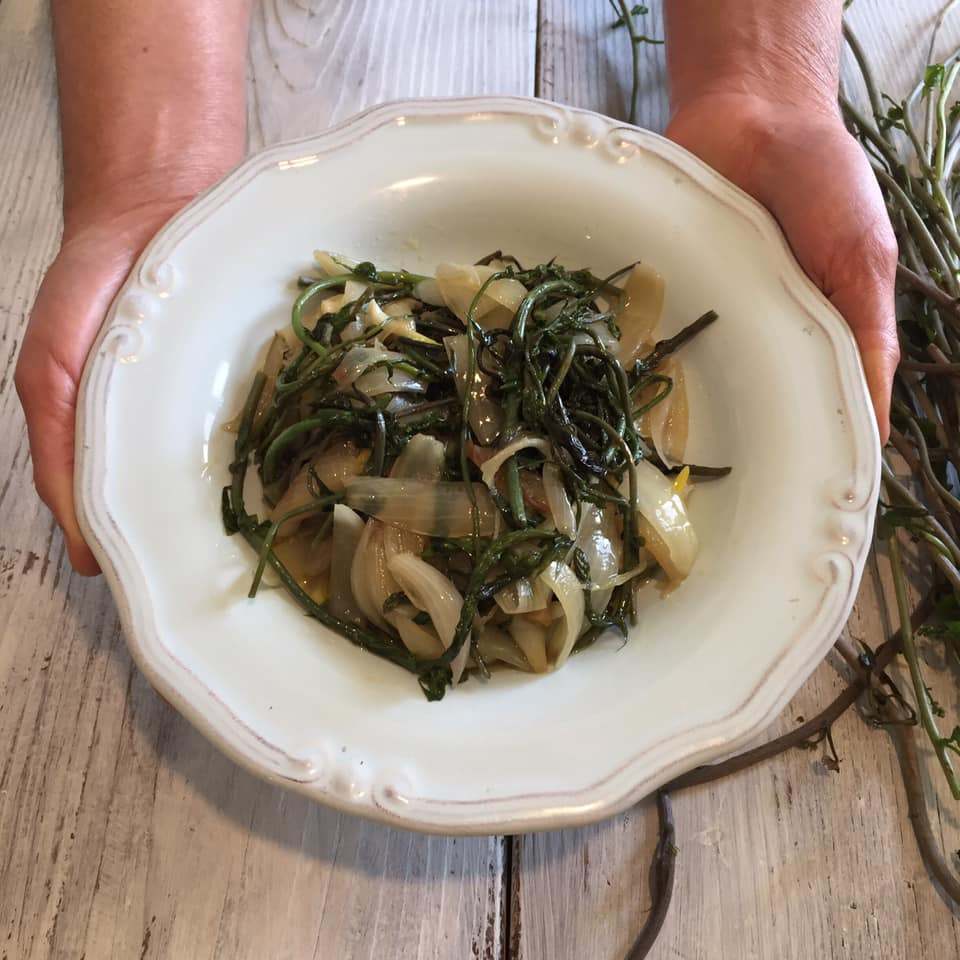
Black Bryony

Tahini Soup without Oil
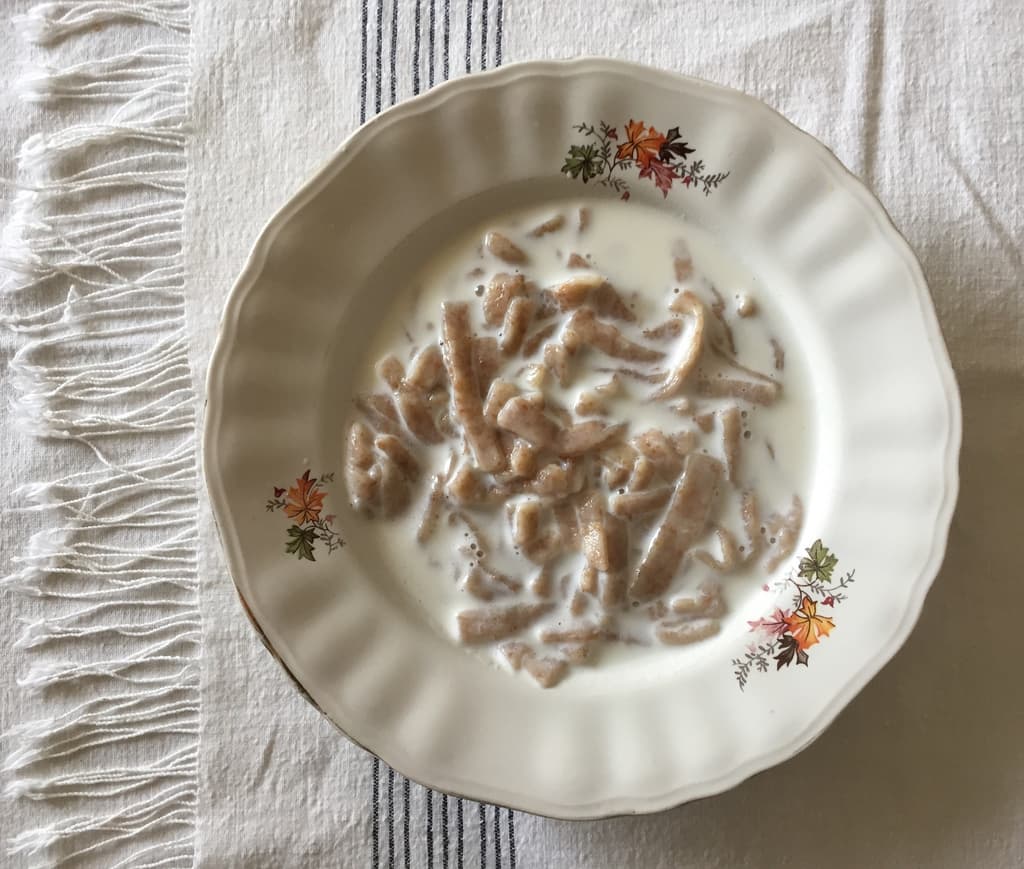
Chylofta with Milk
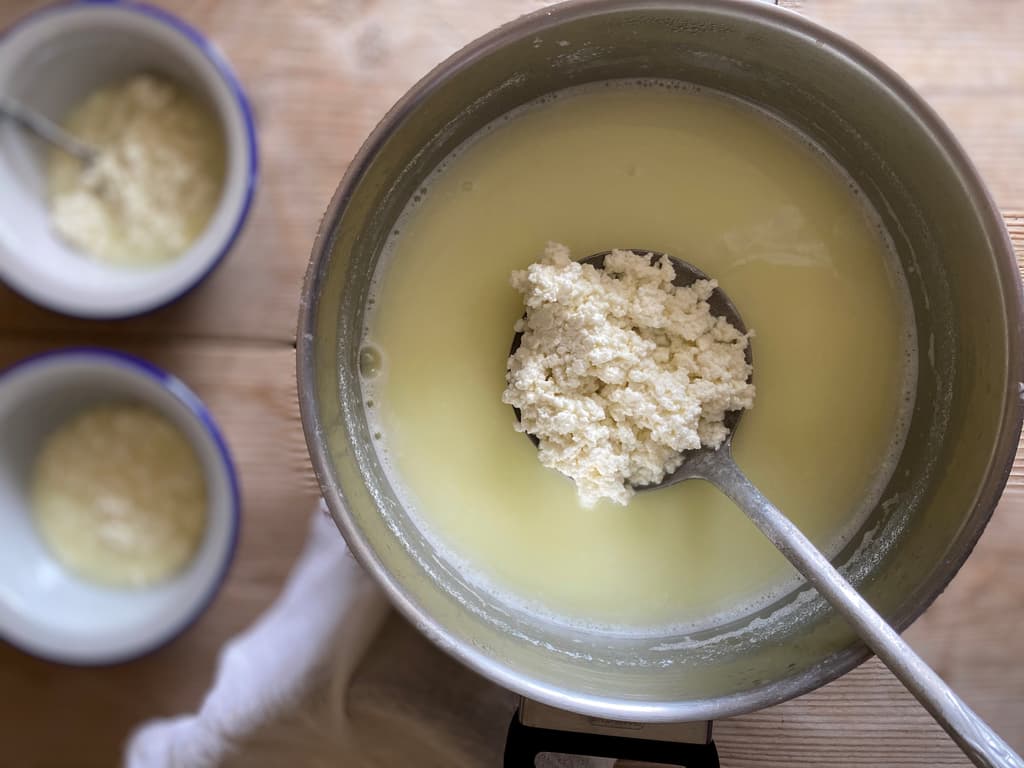
Tyrozouli or Cretan Home Cheese
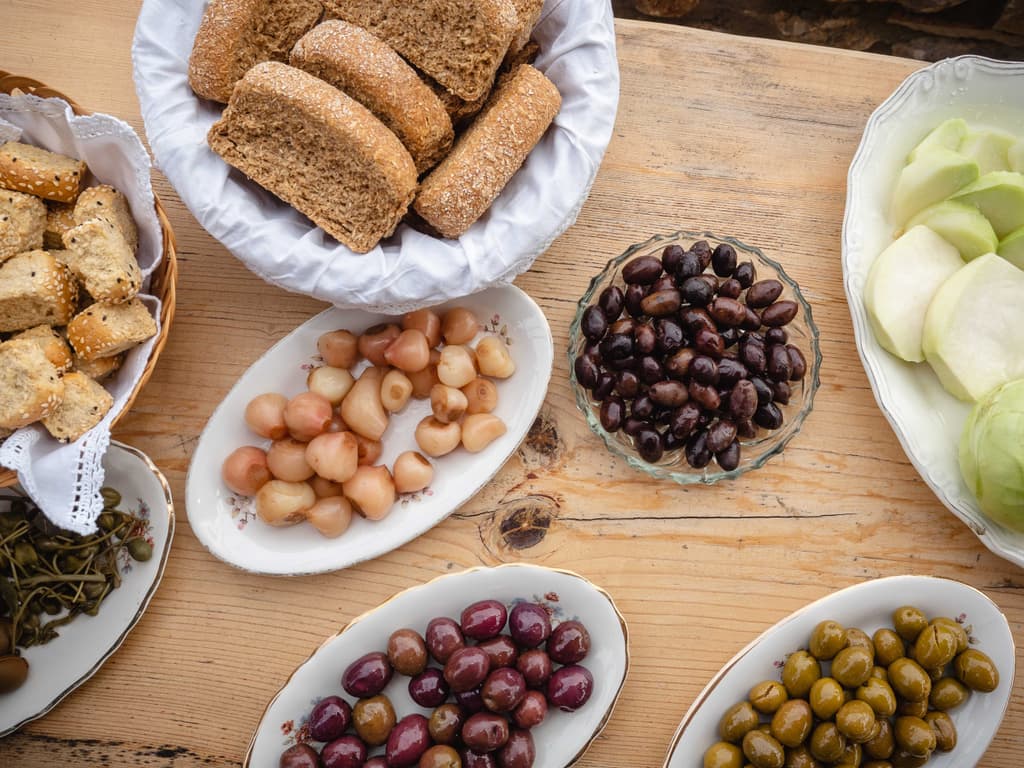
Pickled Tassel Hyacinth

Sourdough Dagoulakia
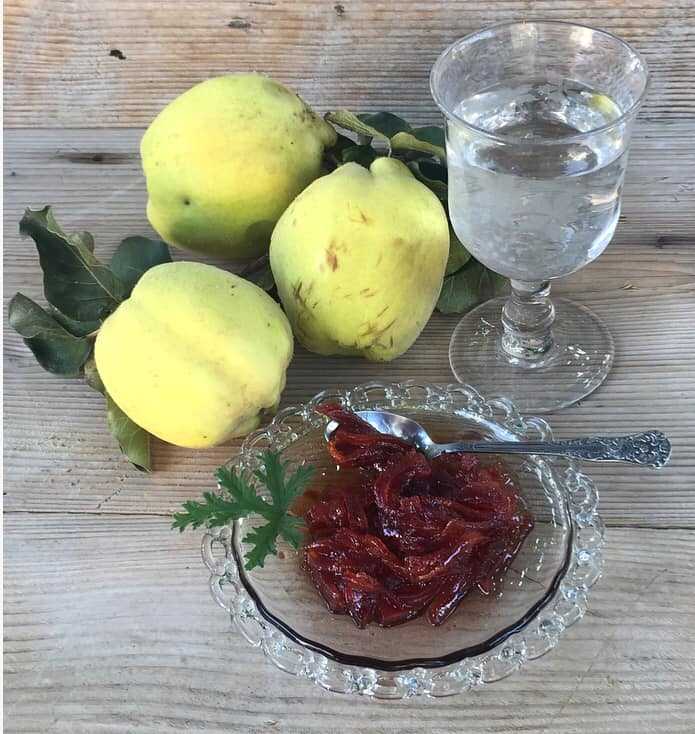
Quince Confection

Delicious Homemade Treat with Lemon Blossoms
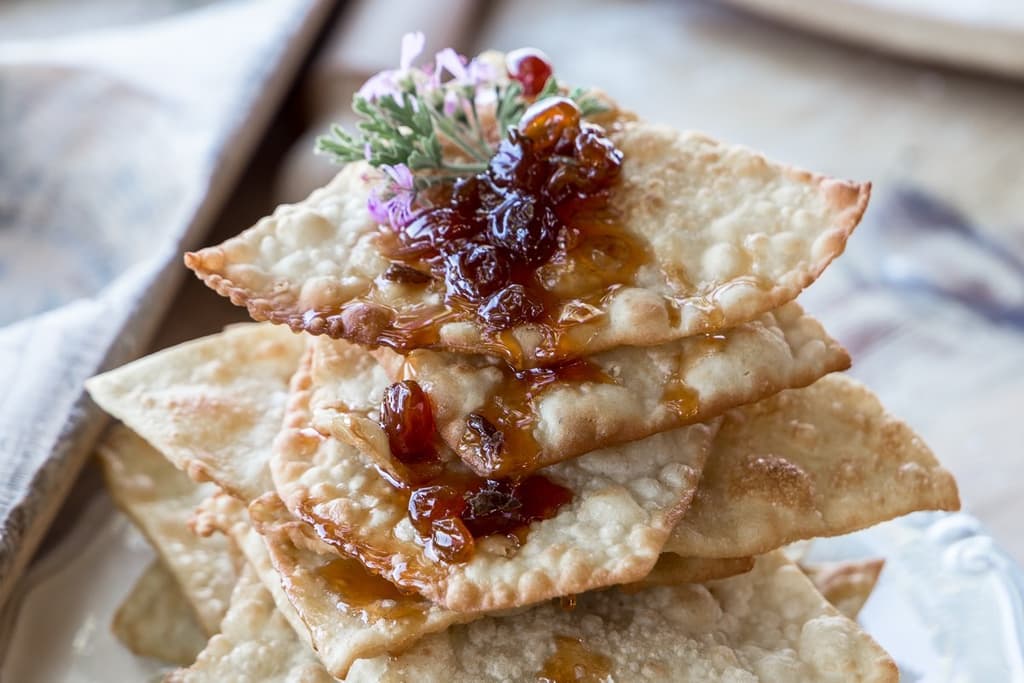
Tiganopites: Greek Fried Pies

Dietary Practices in 17th Century Crete
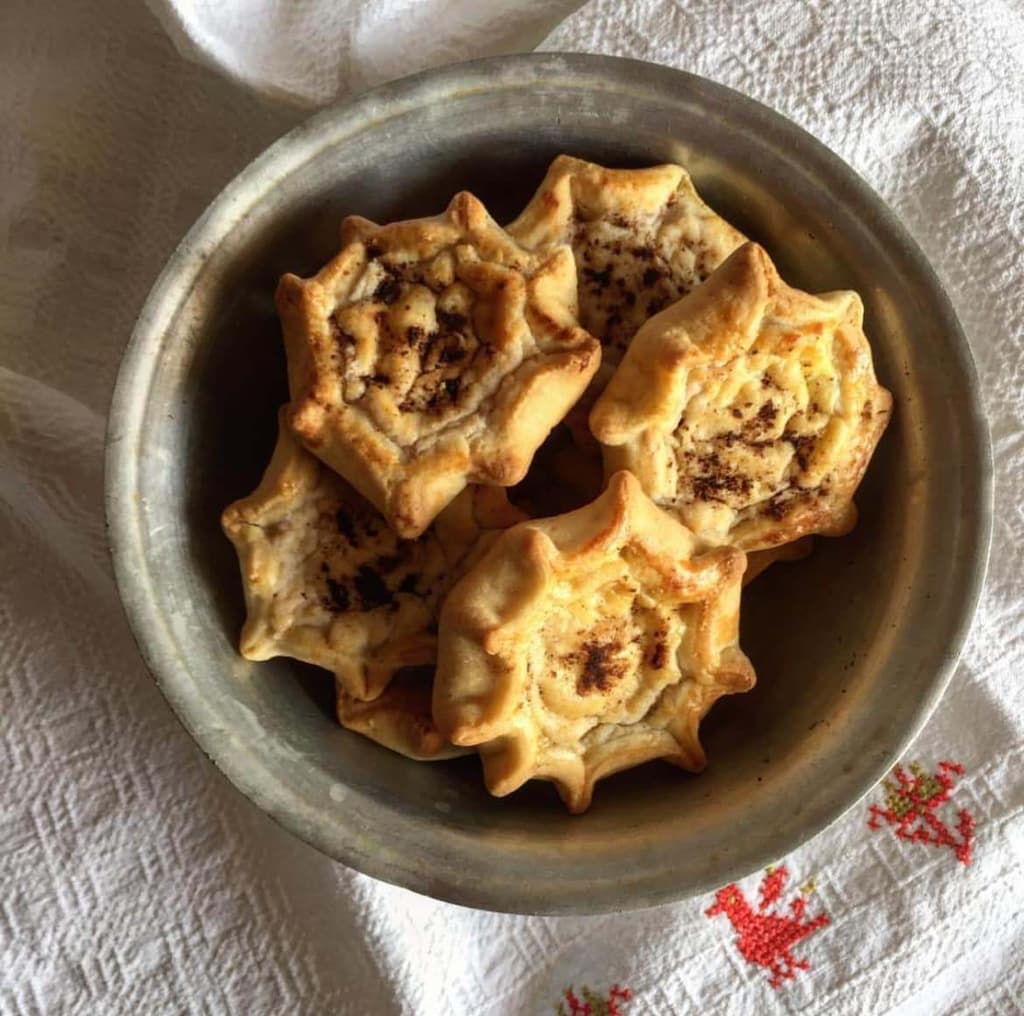
Lychnarakia
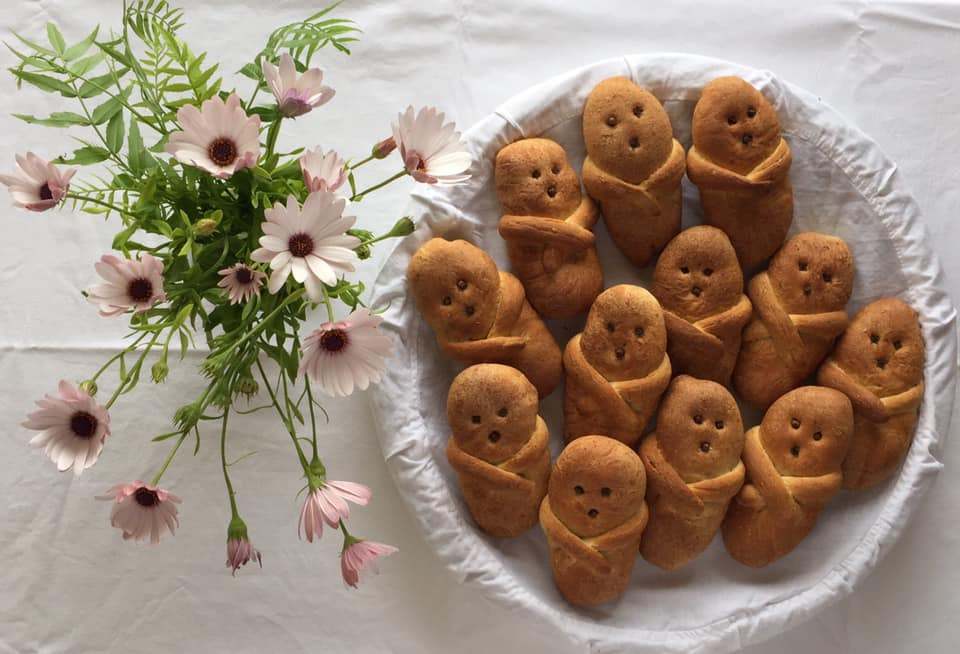
Lazarakia
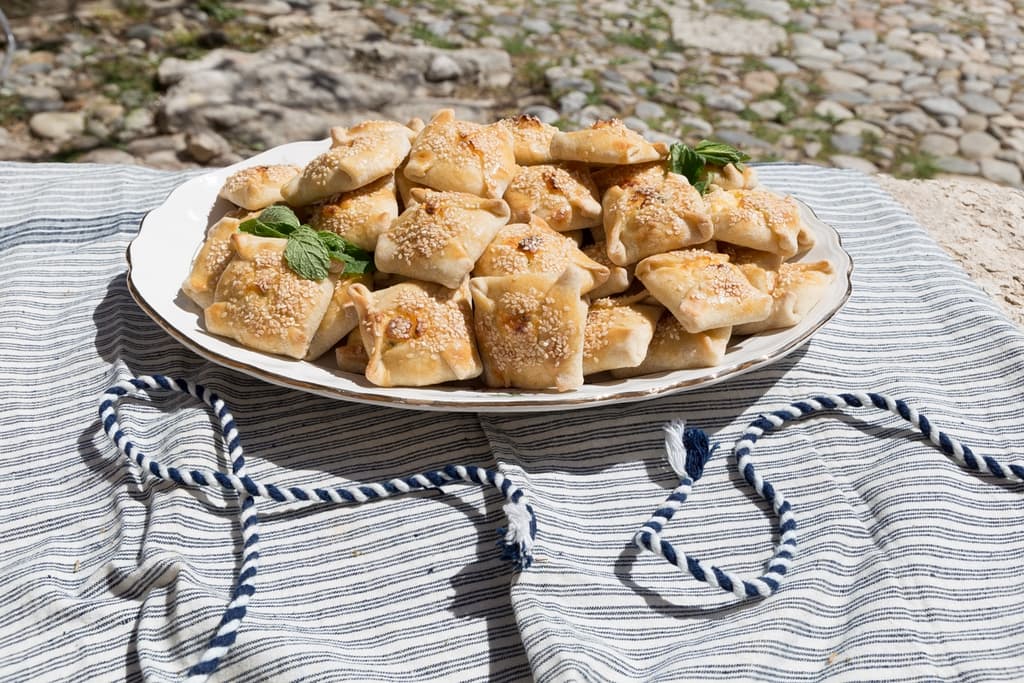
Kalitsounia from Chania
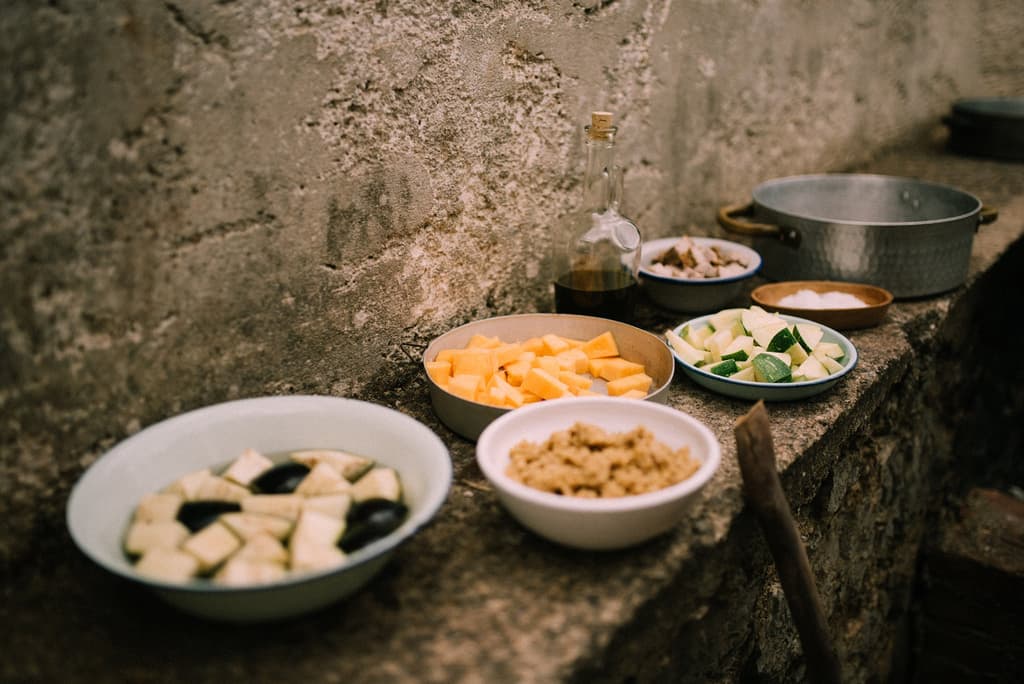
Apaki with Xinohondros and Vegetables
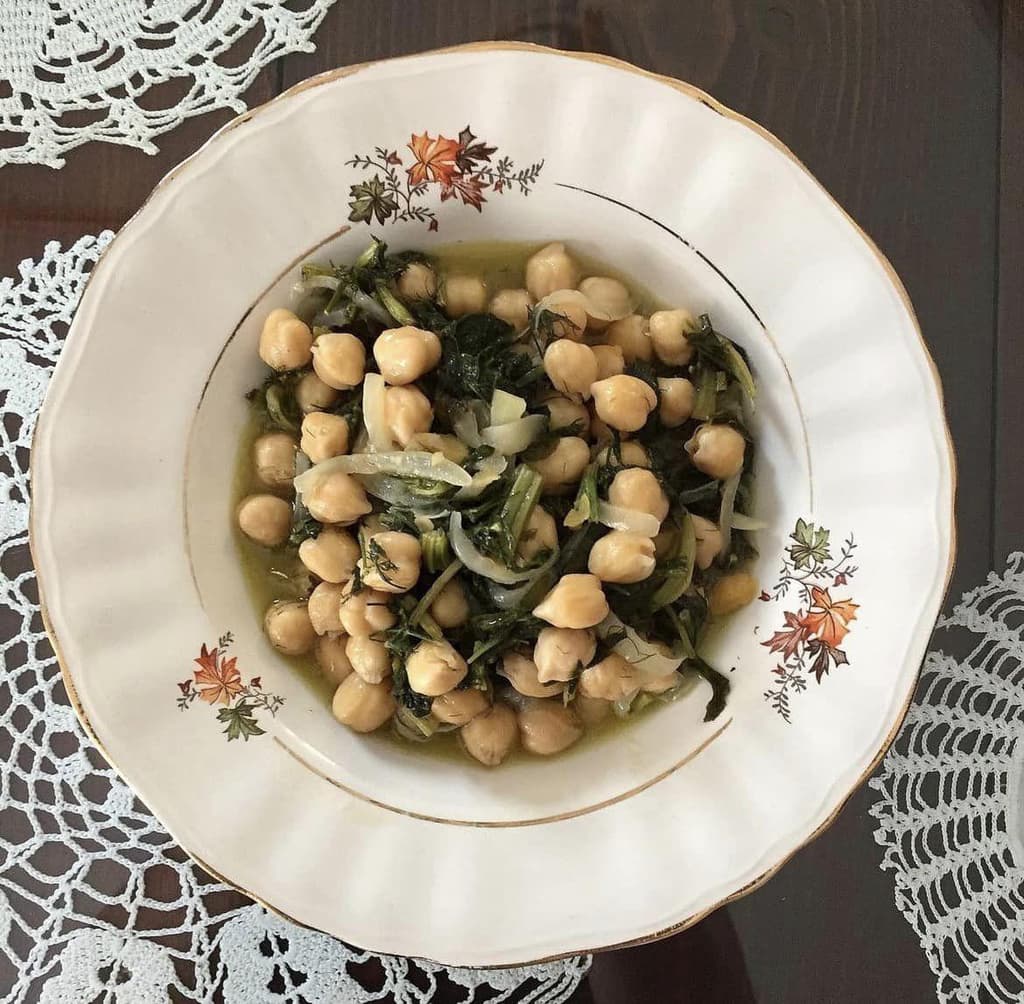
Chickpeas with Yachnera: A Delightful Dish
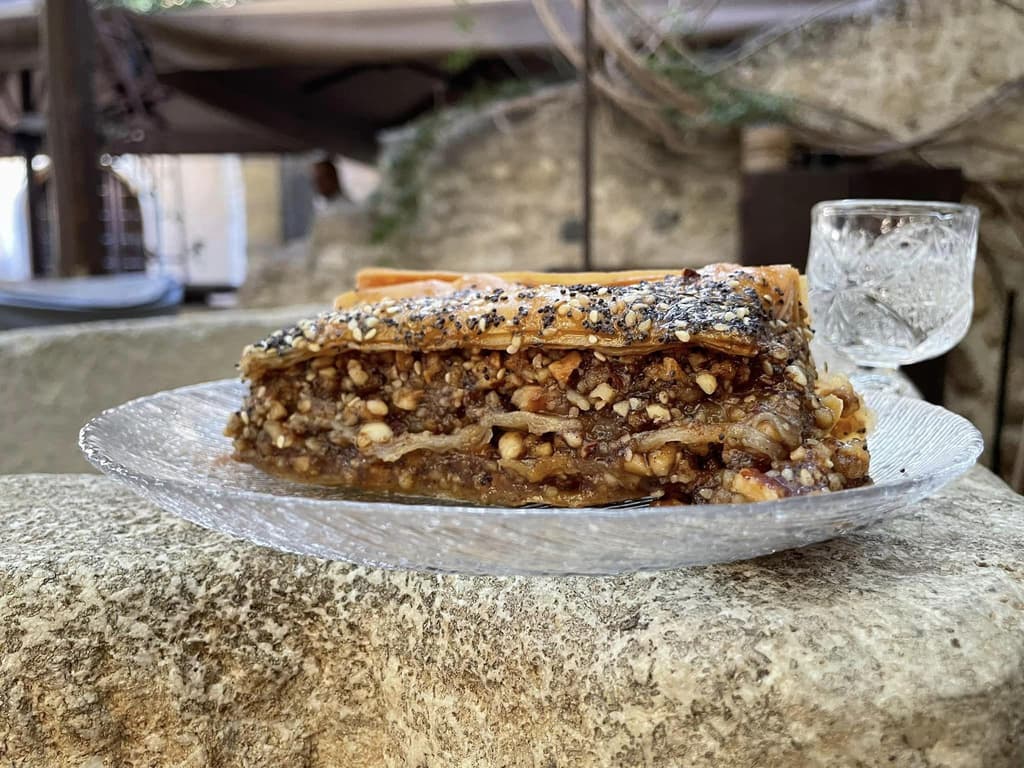
Gastrin
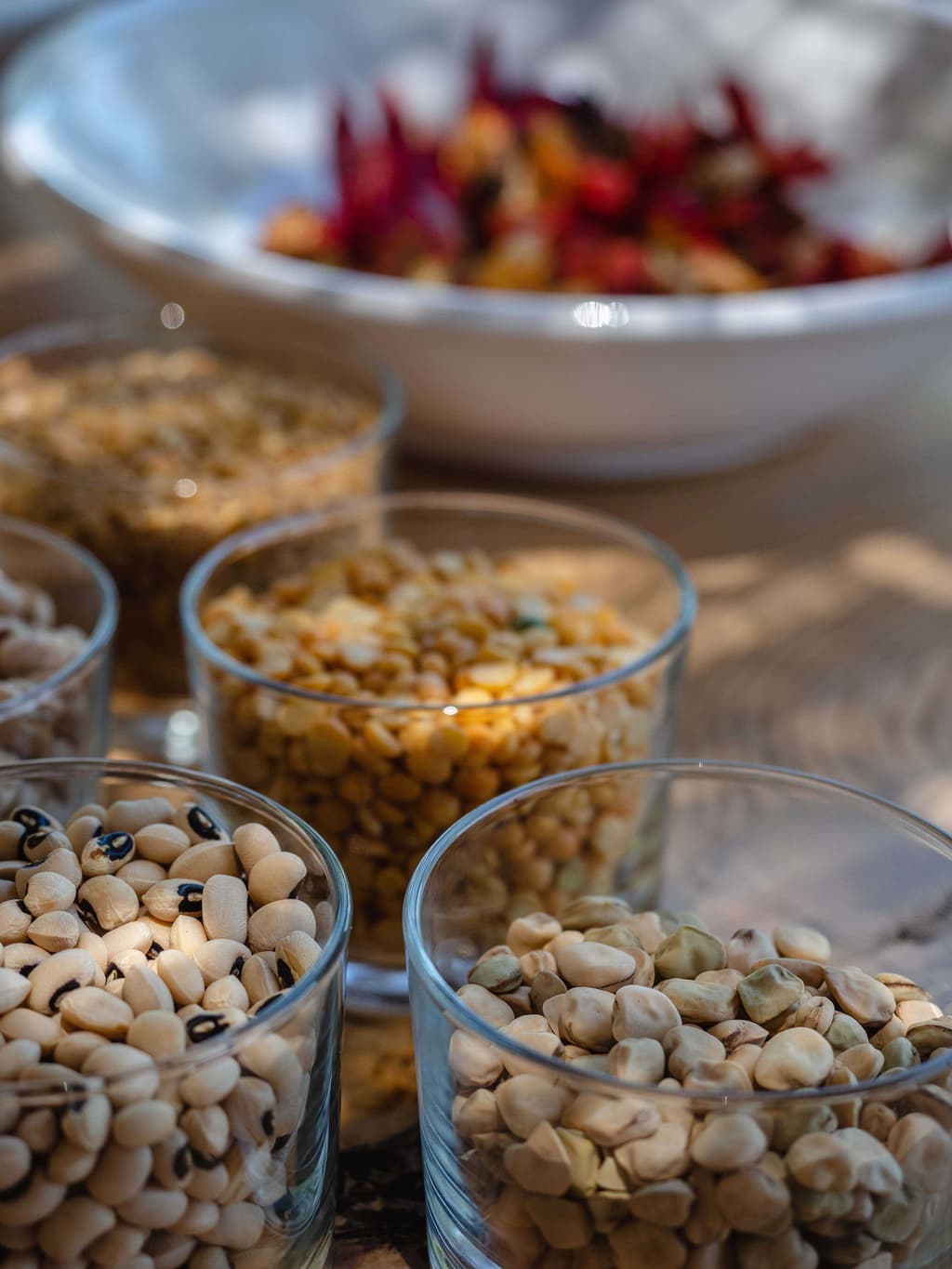
Fotokollyva

Biza or Manarolia Stew with Eggplants
